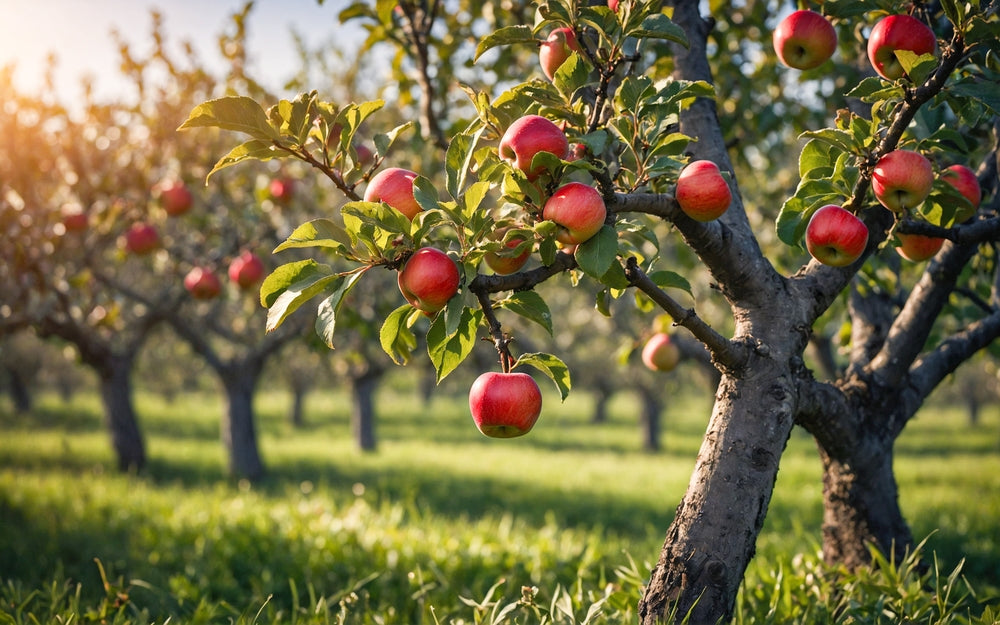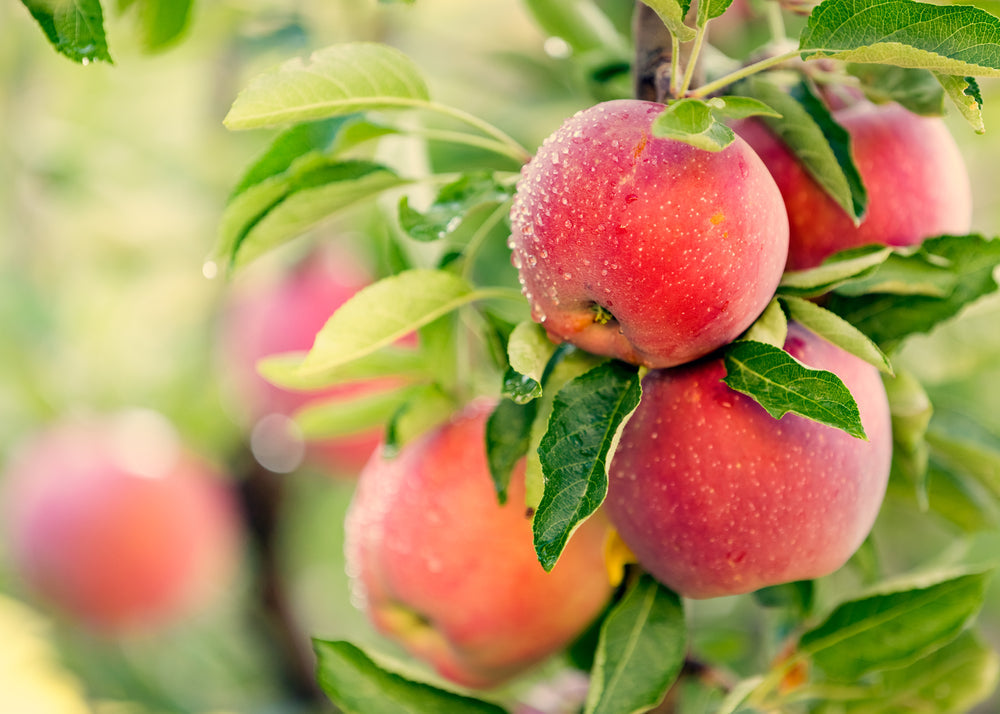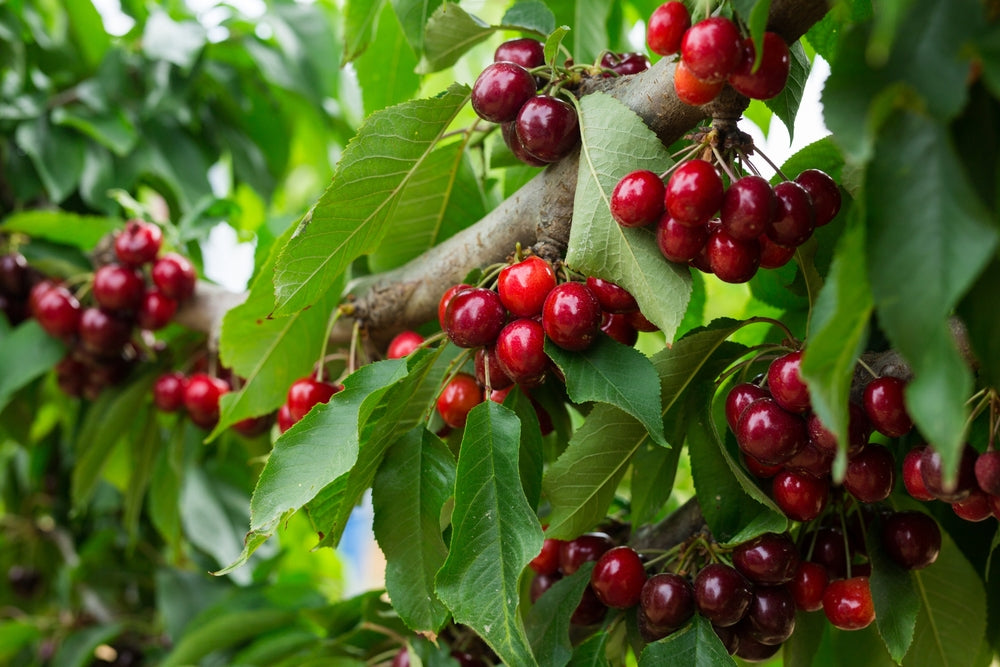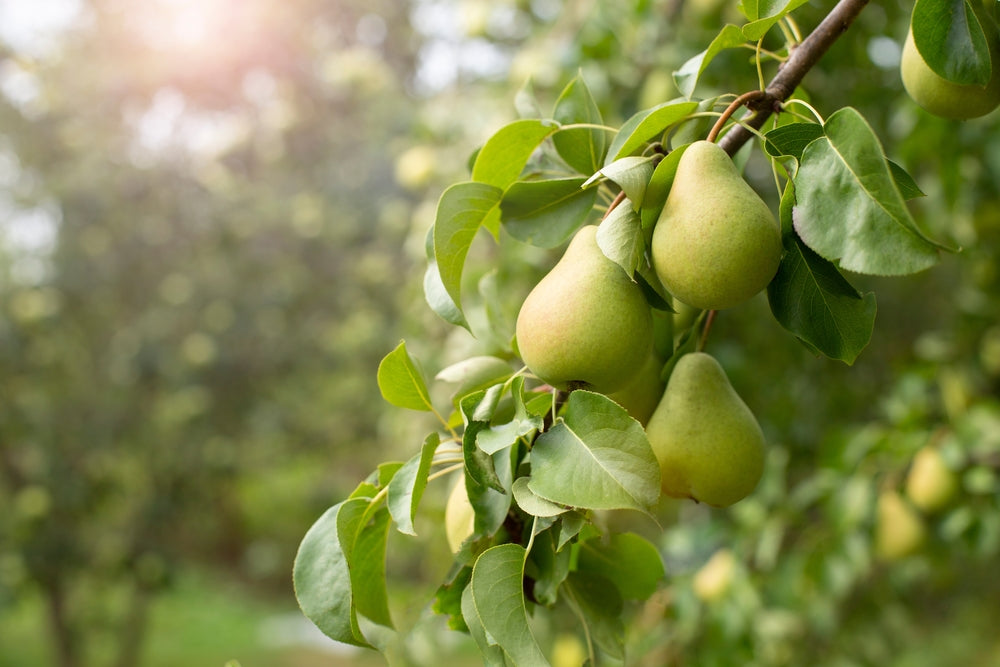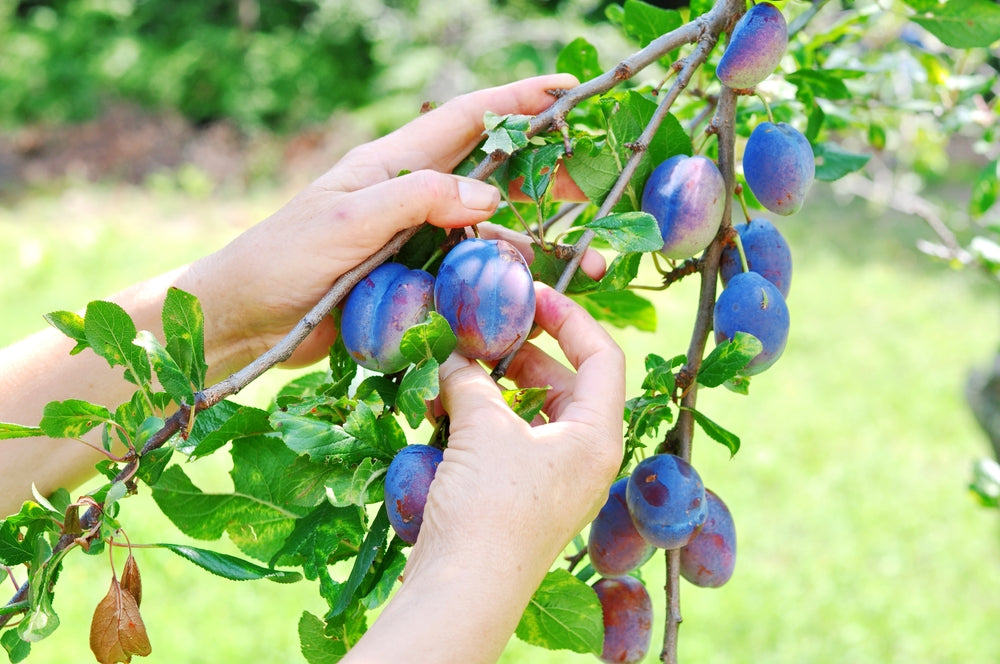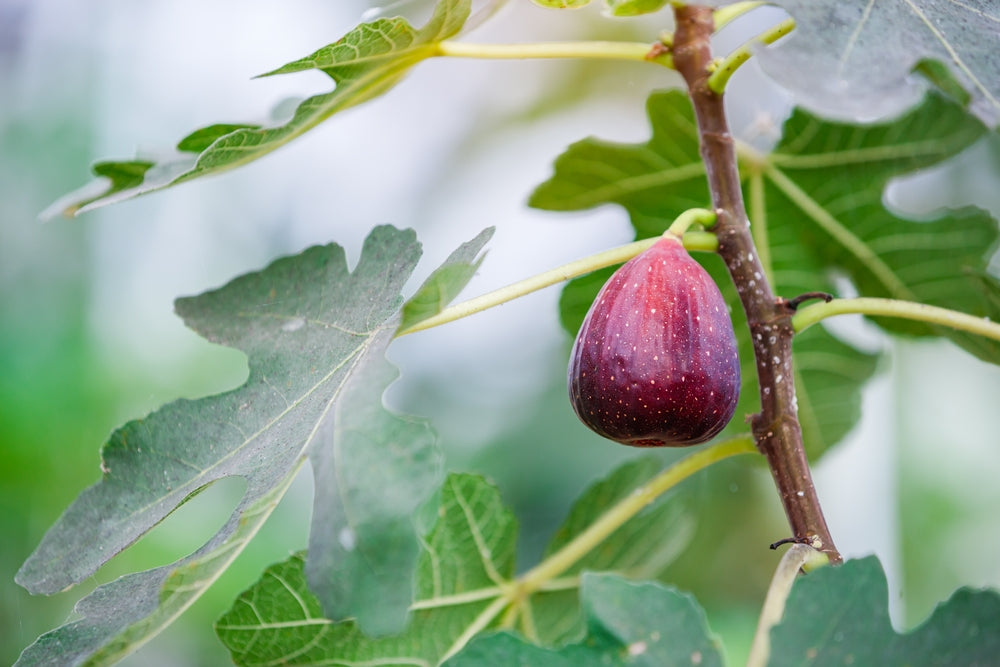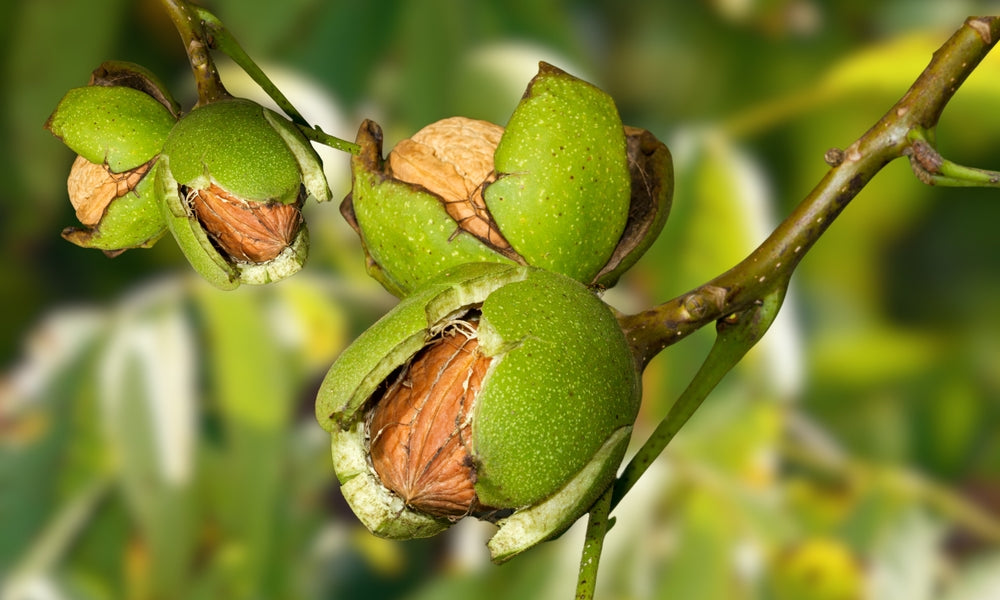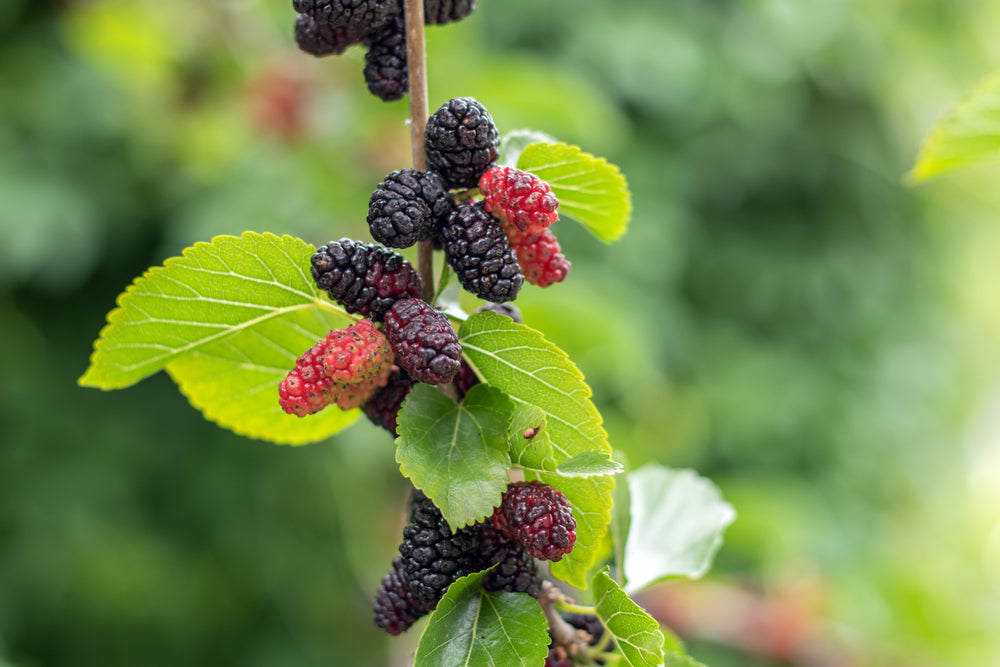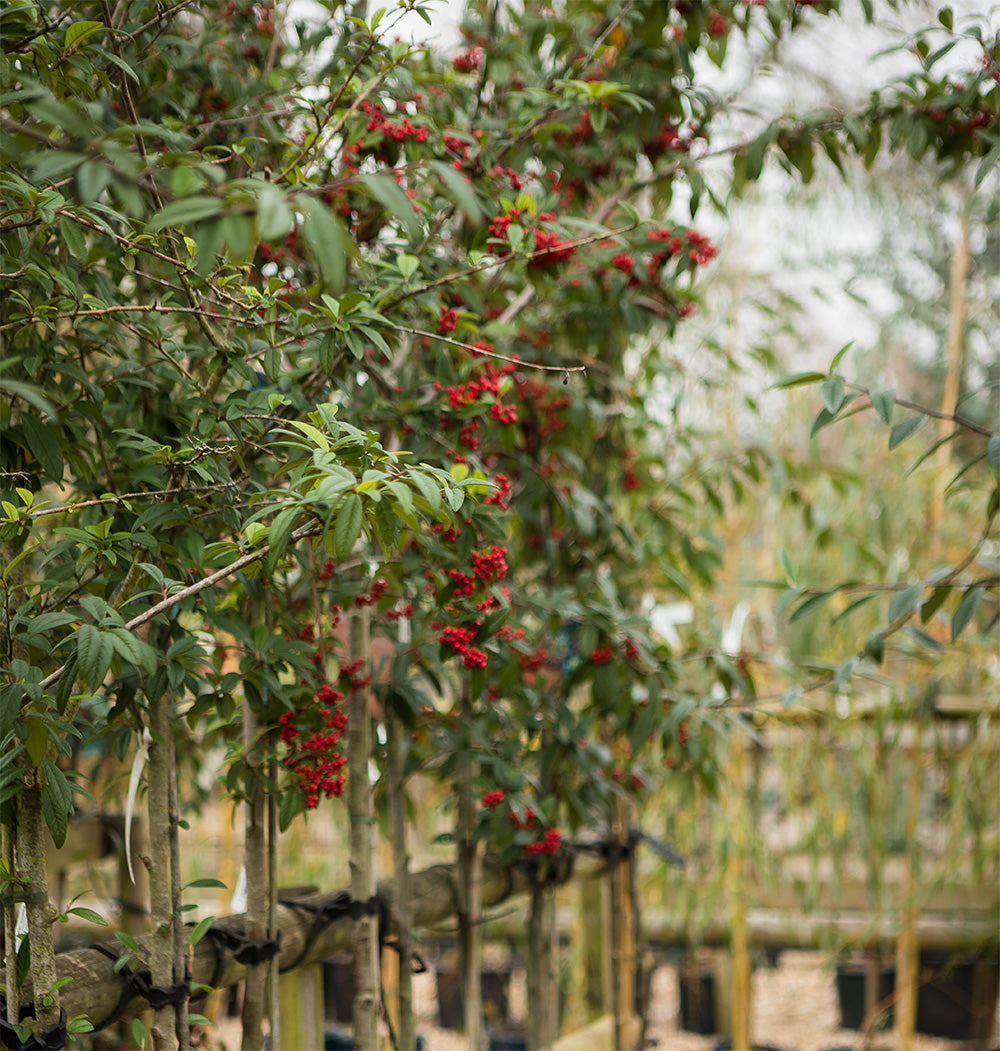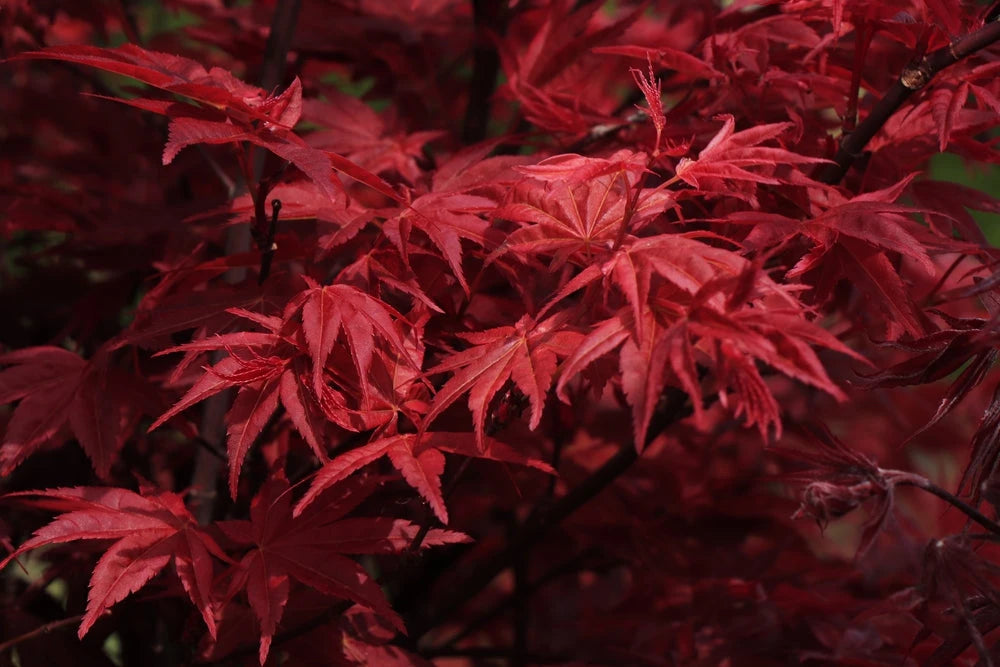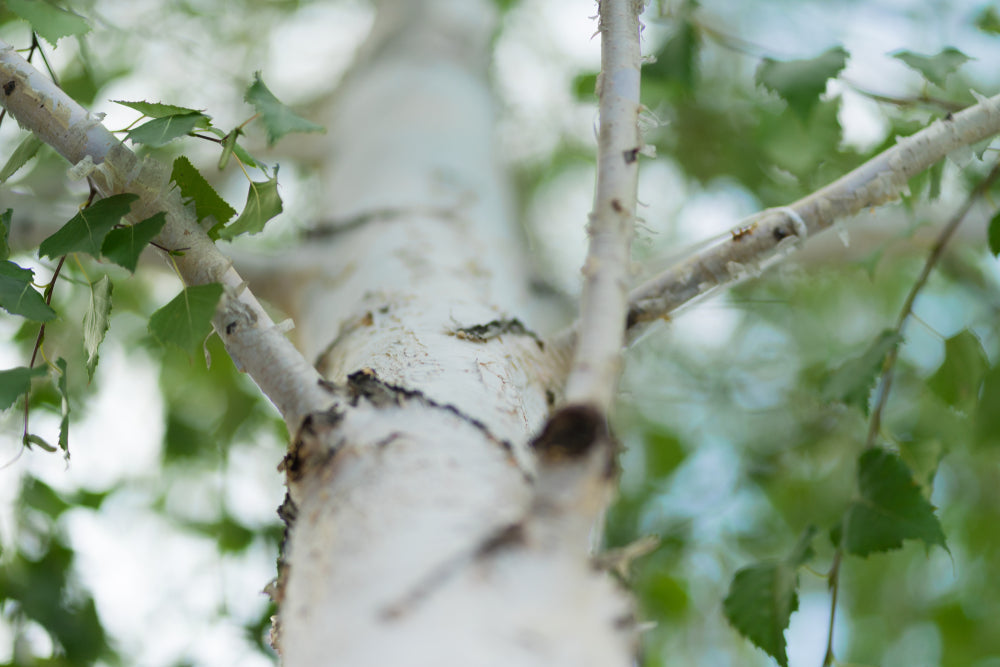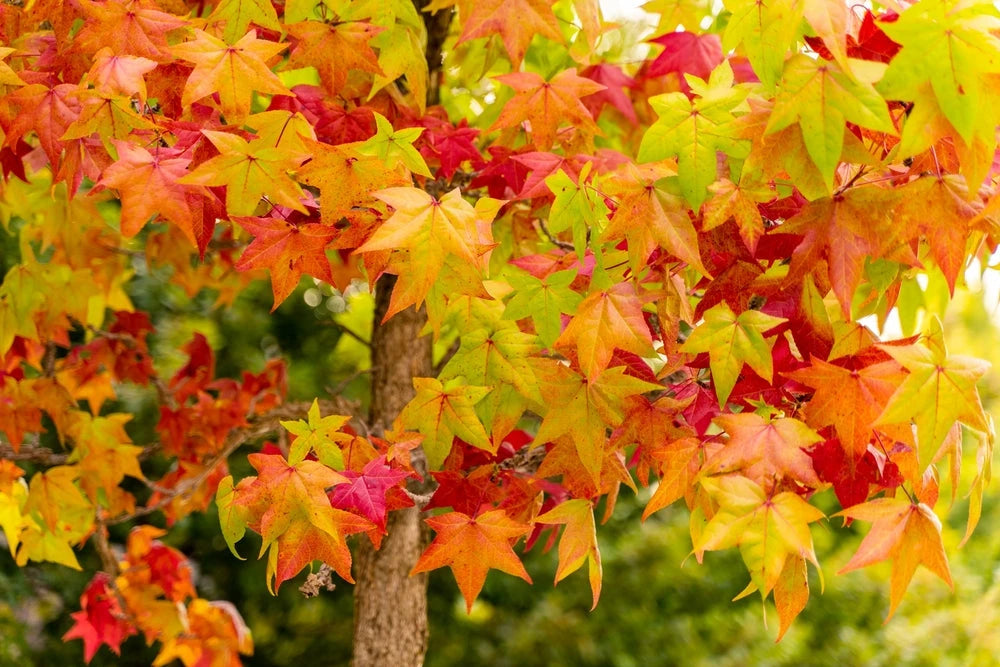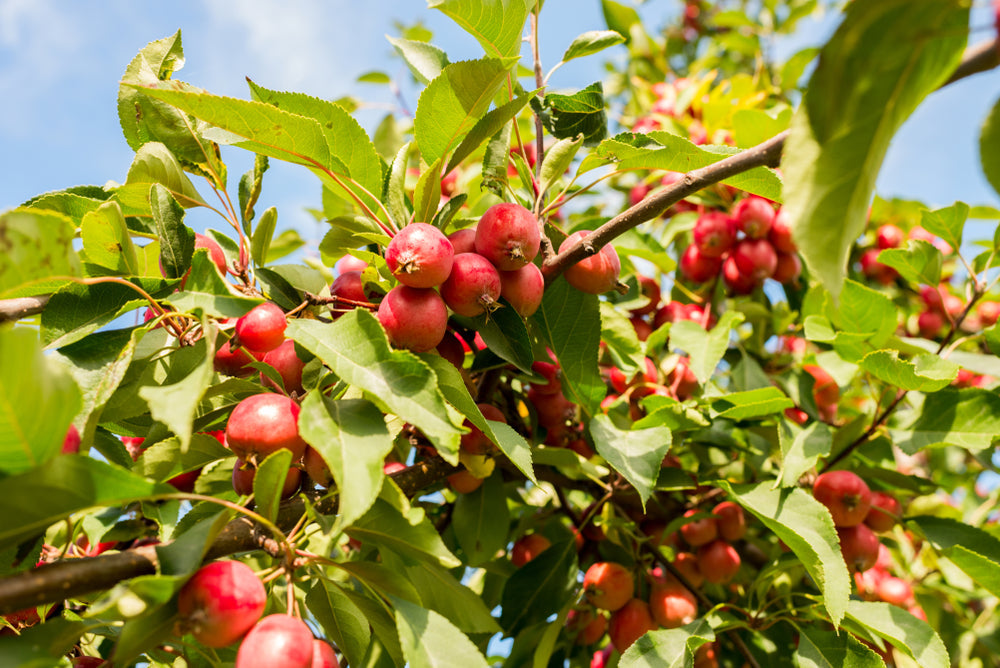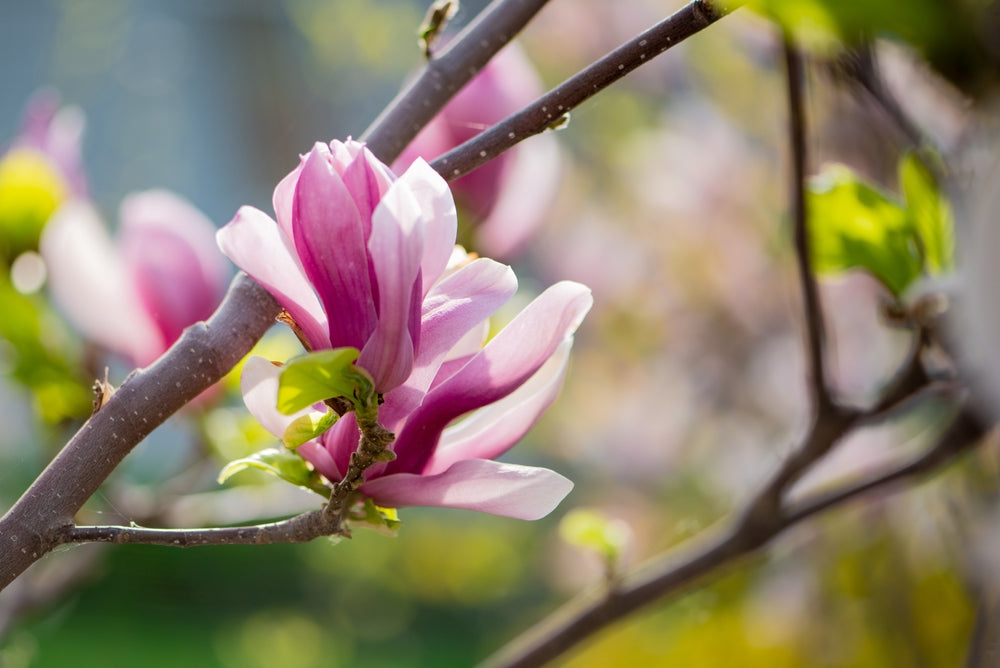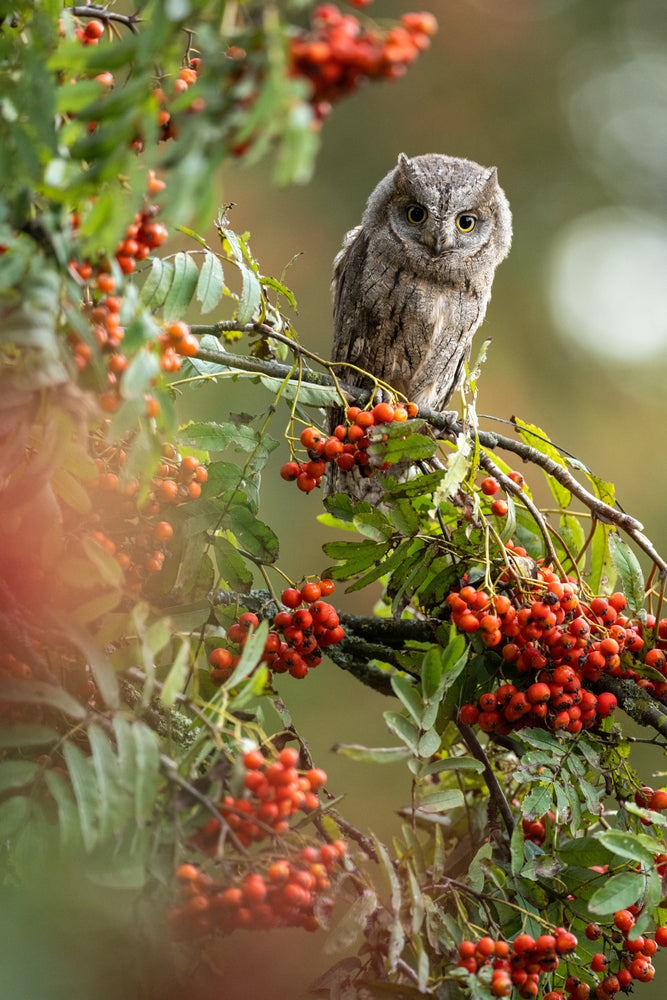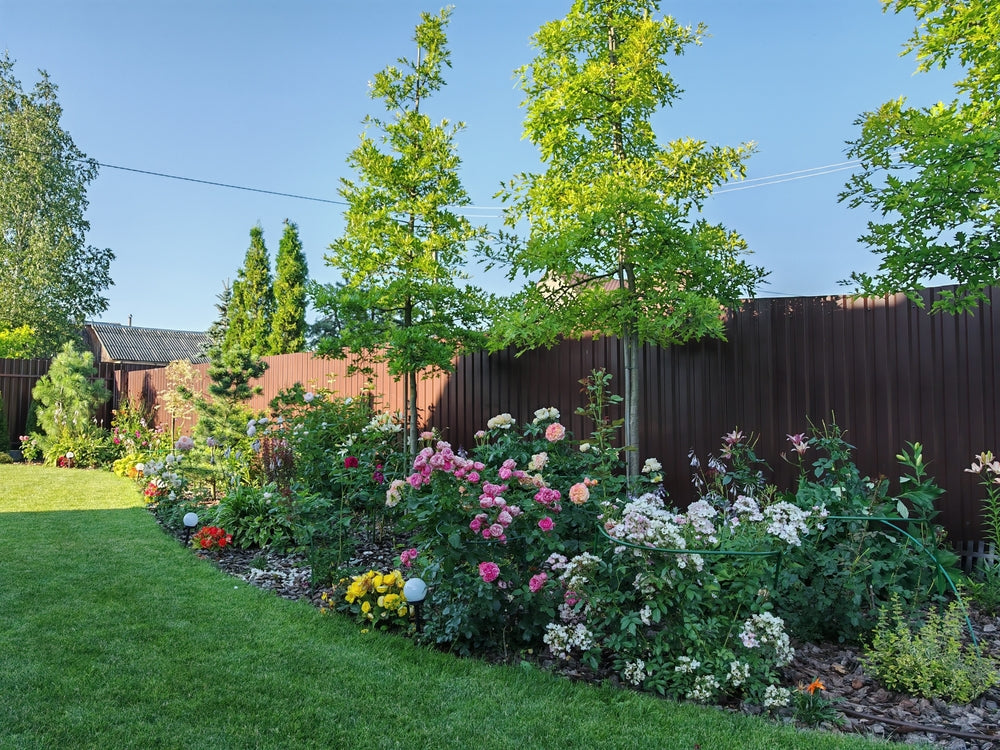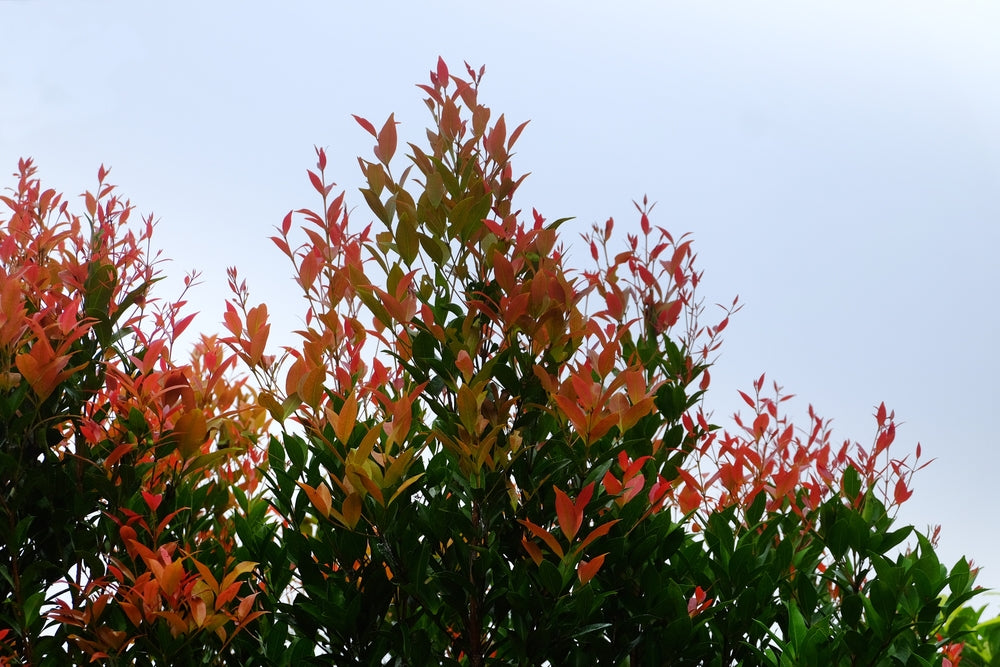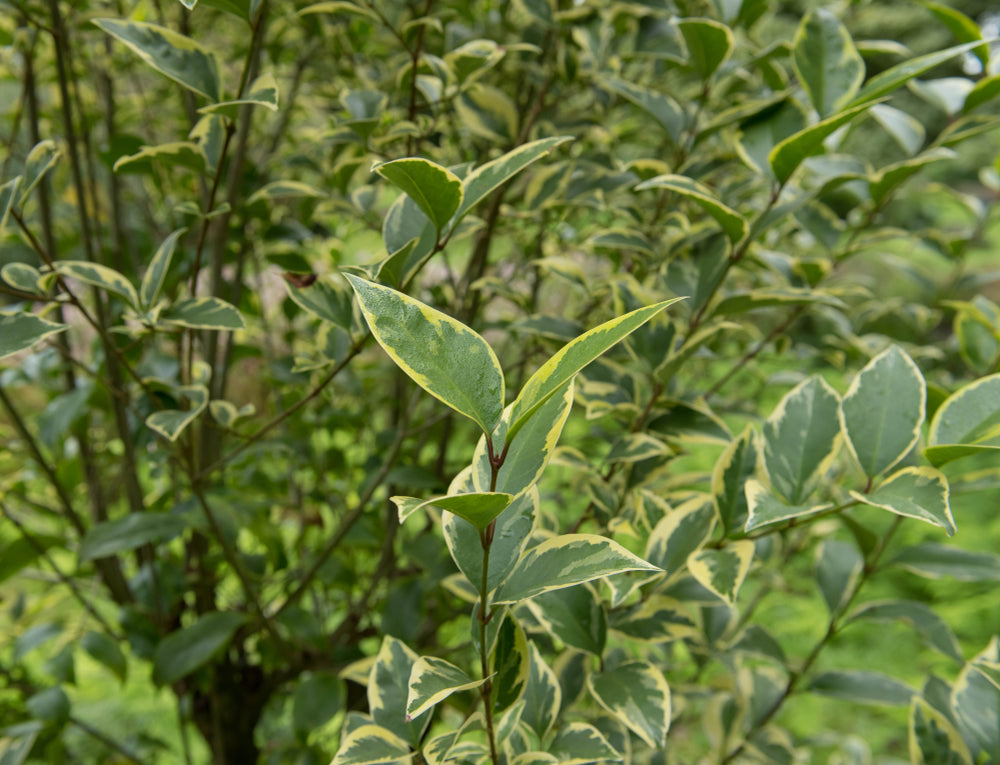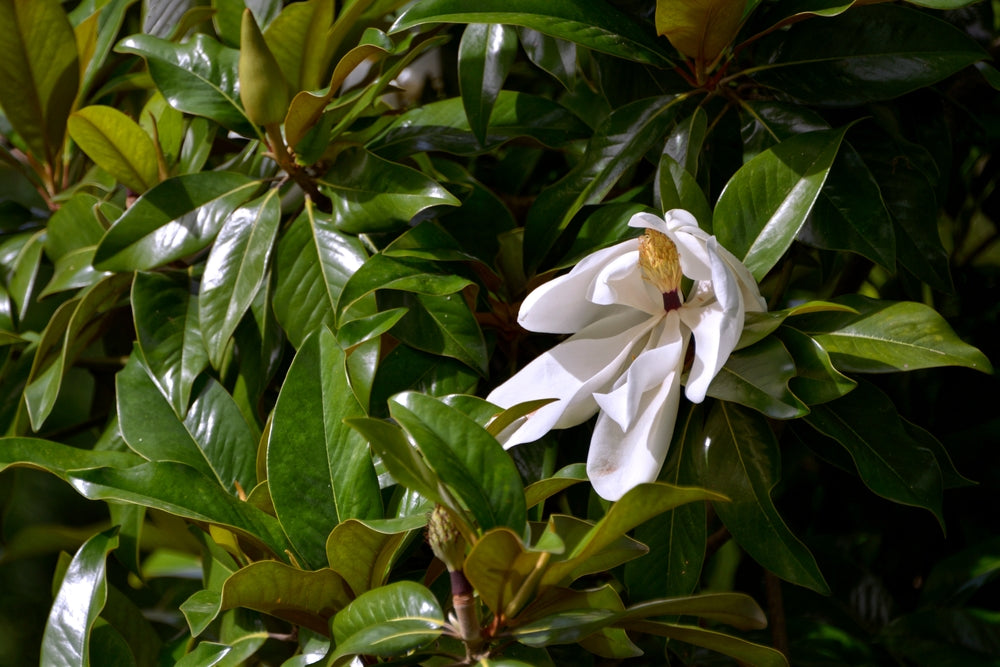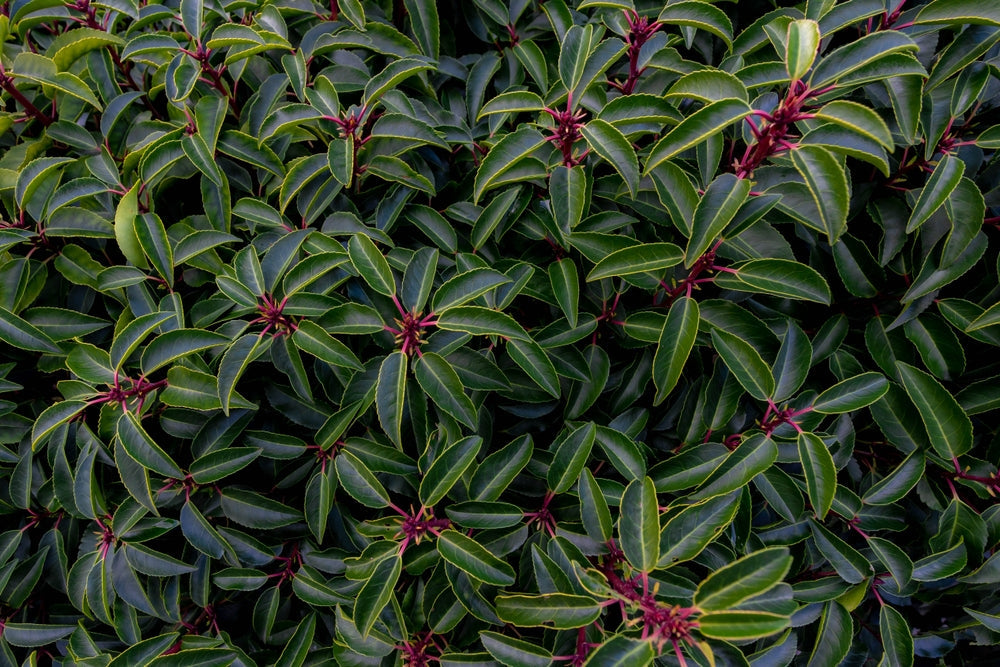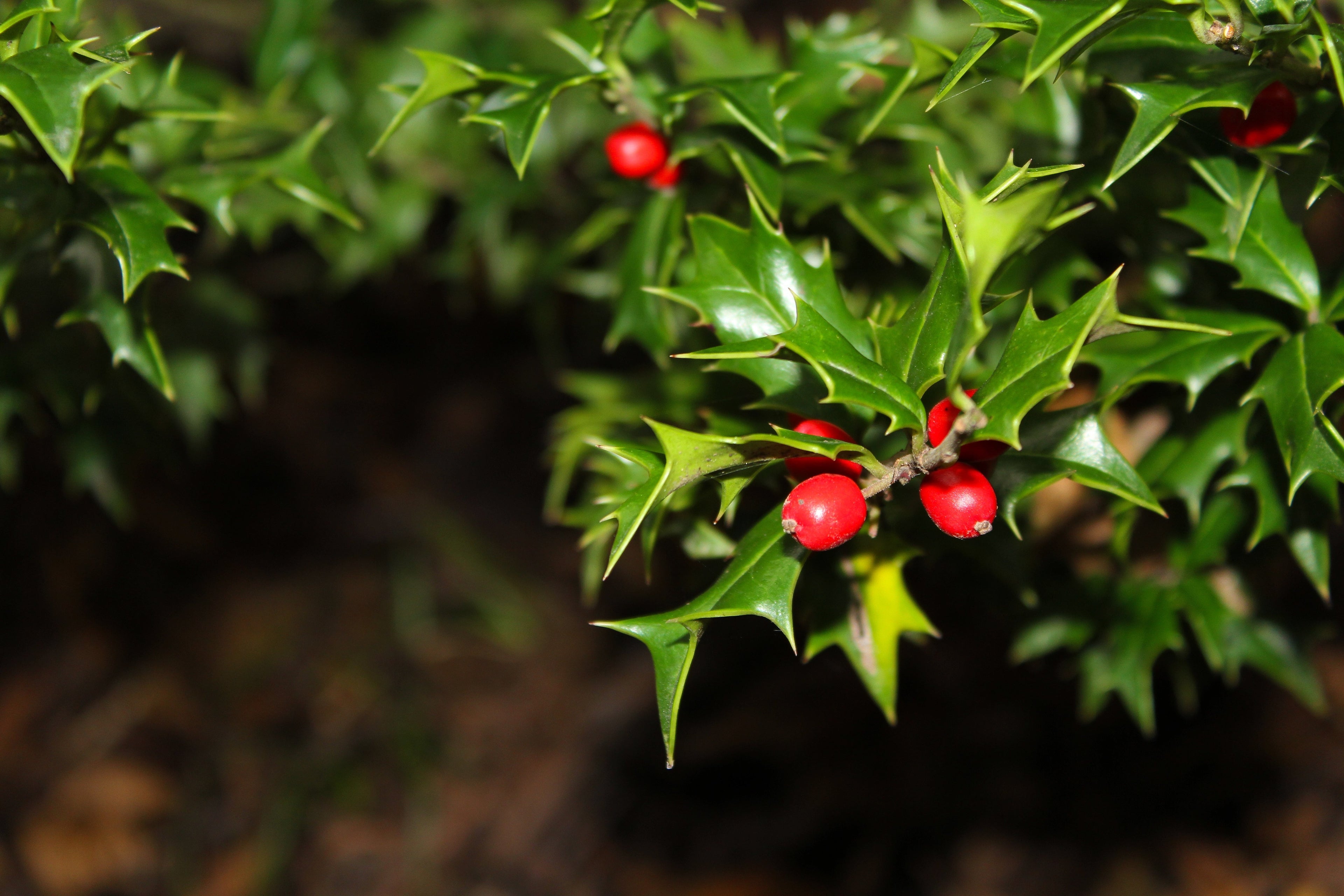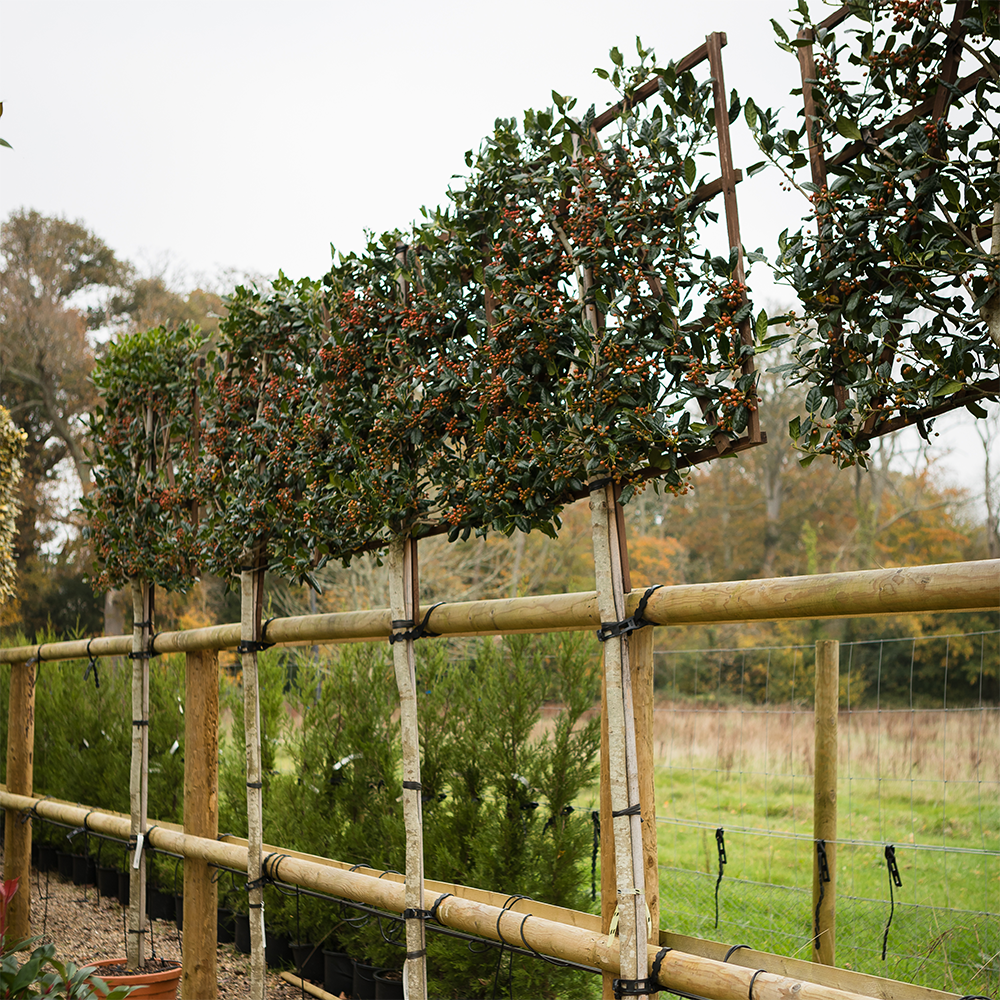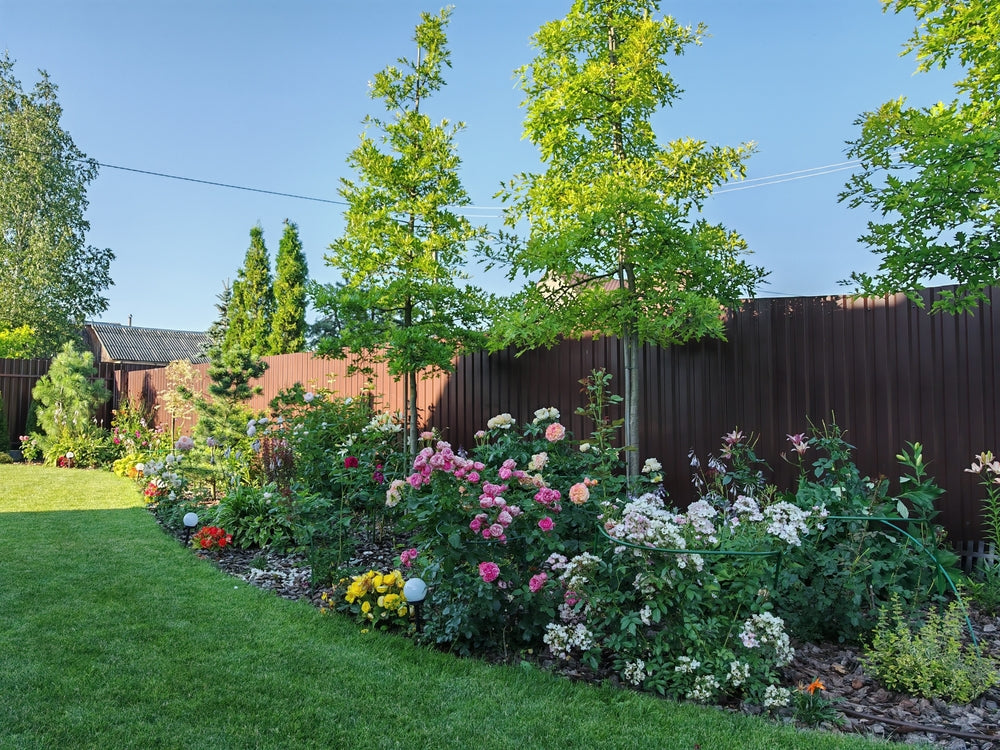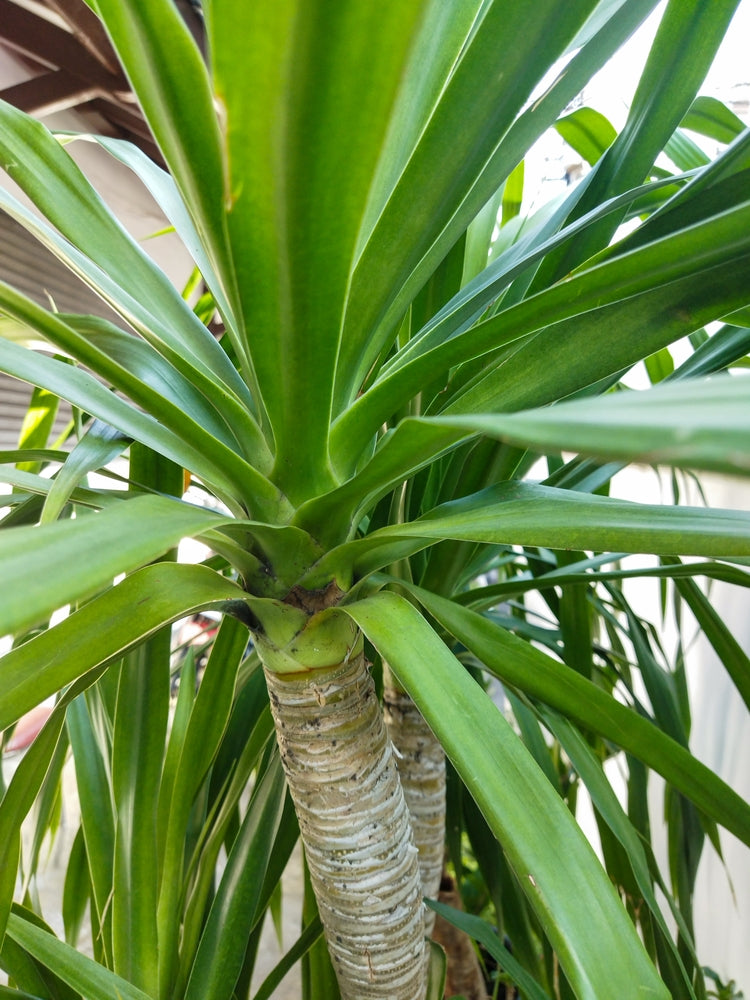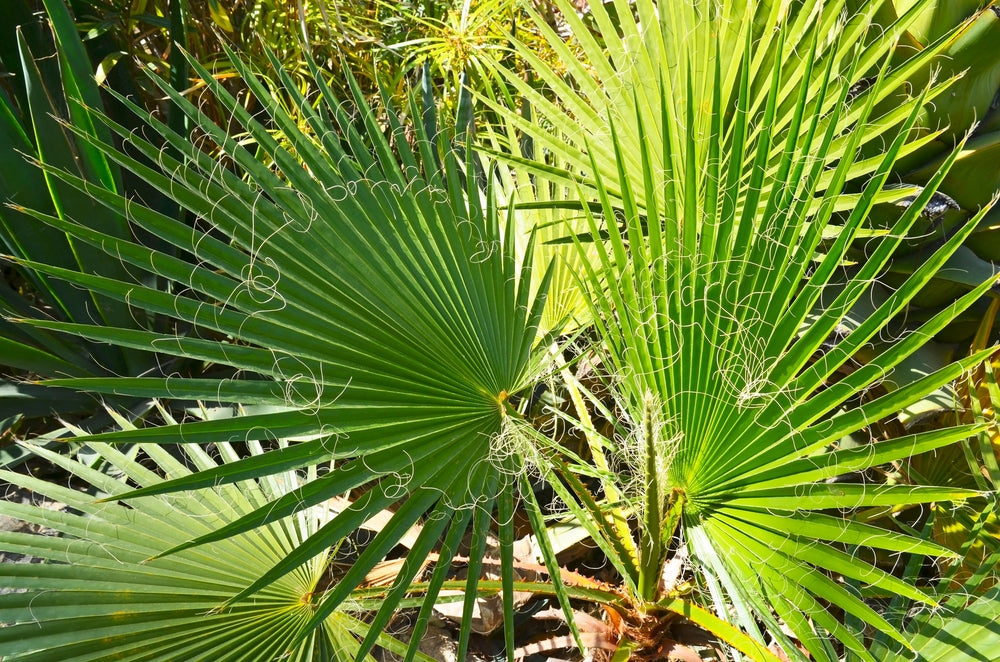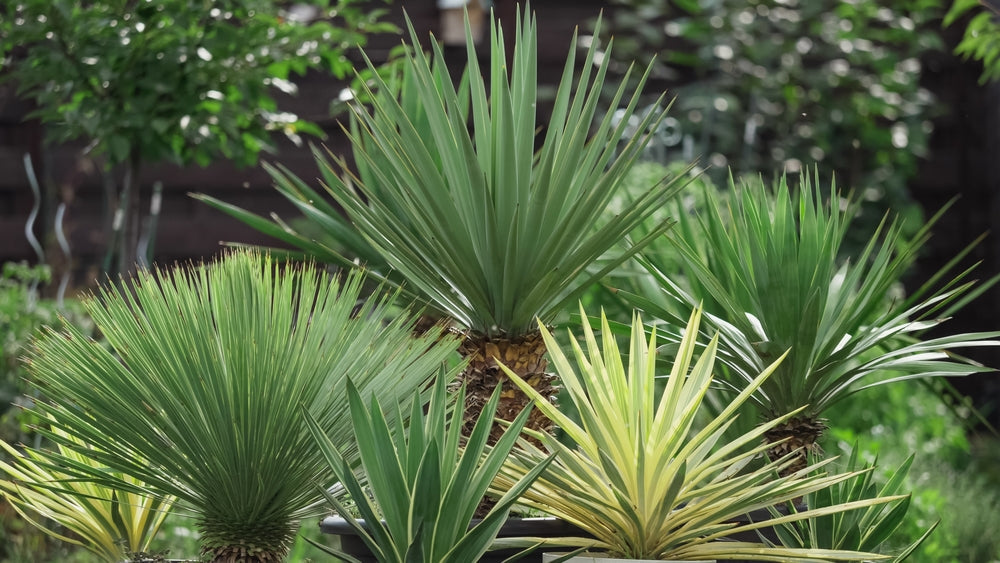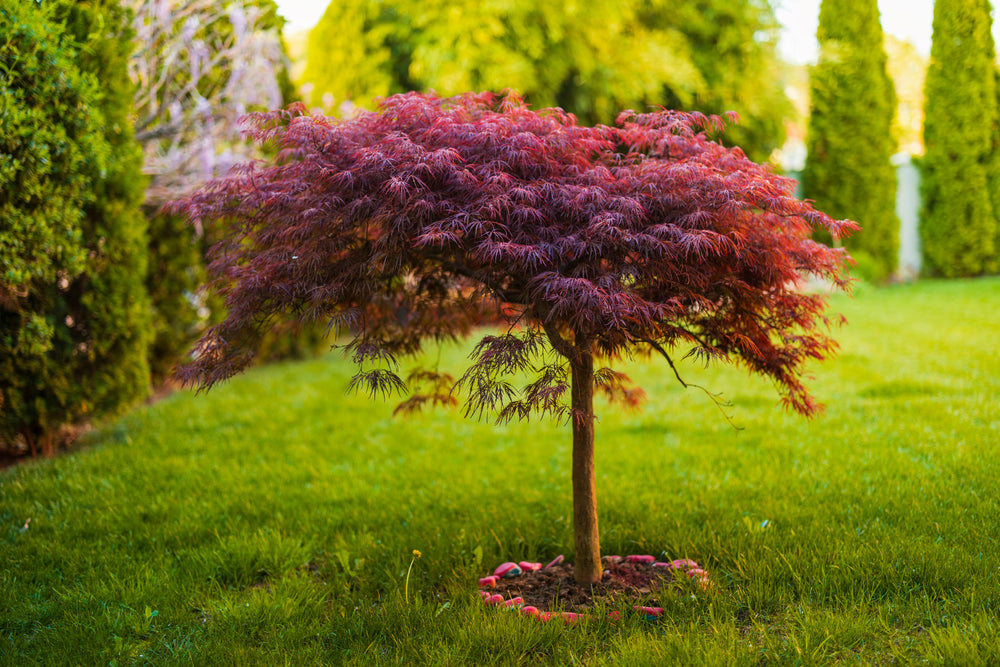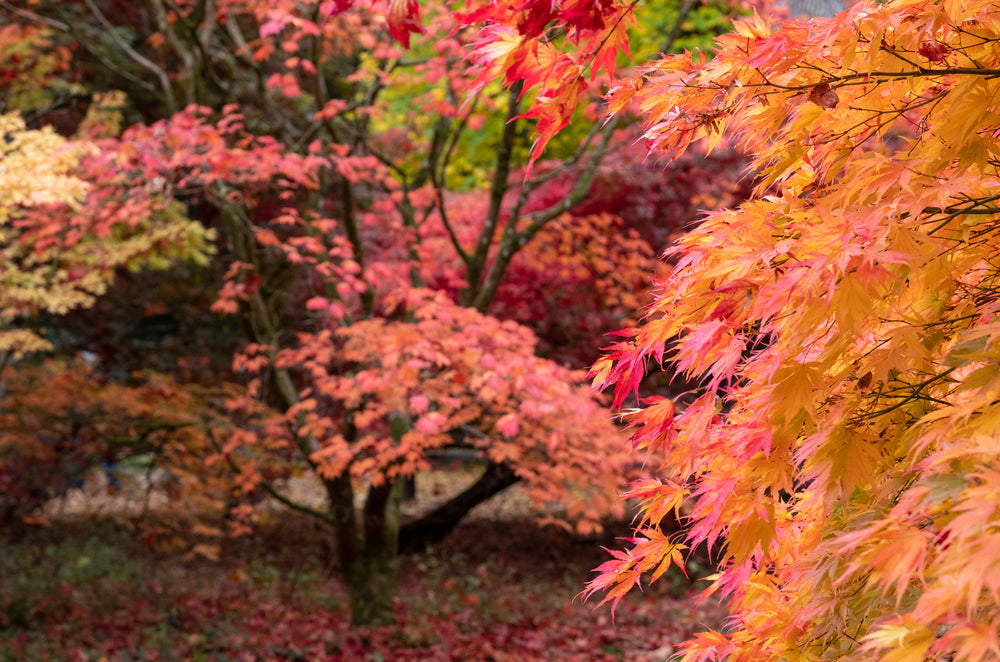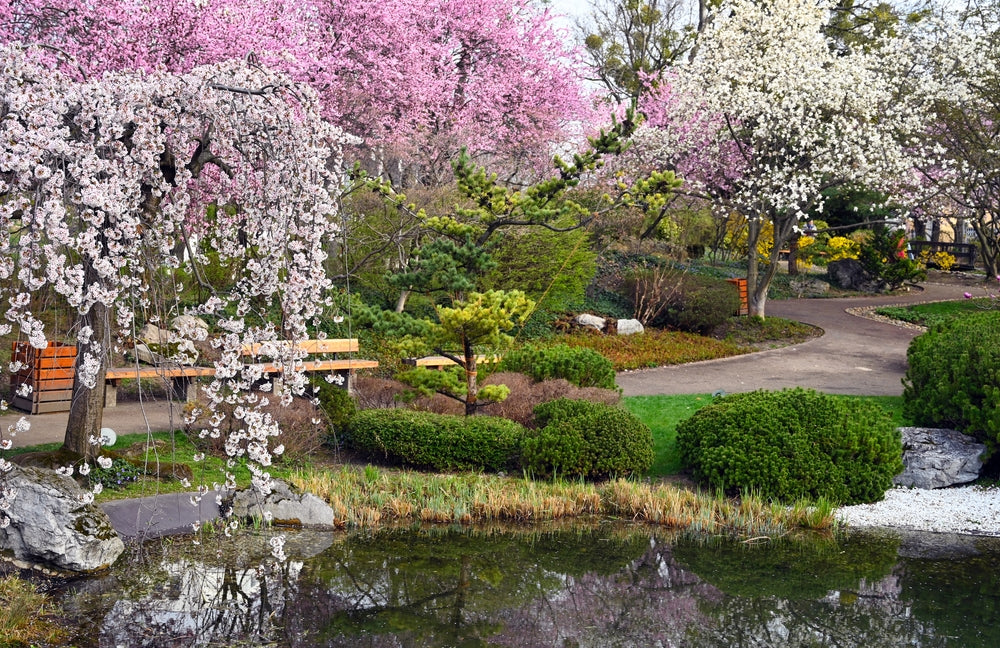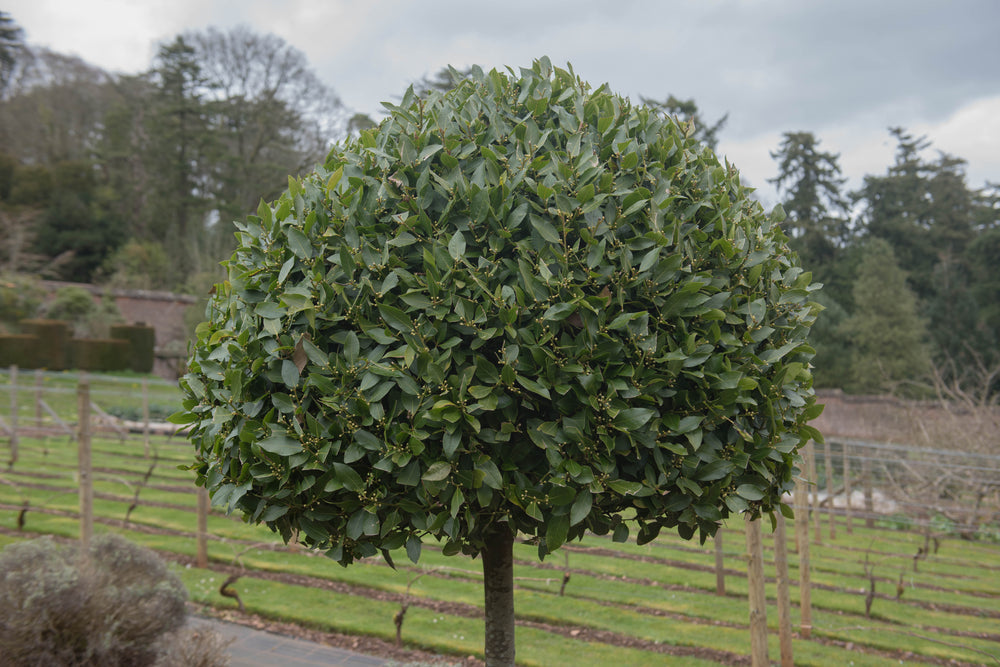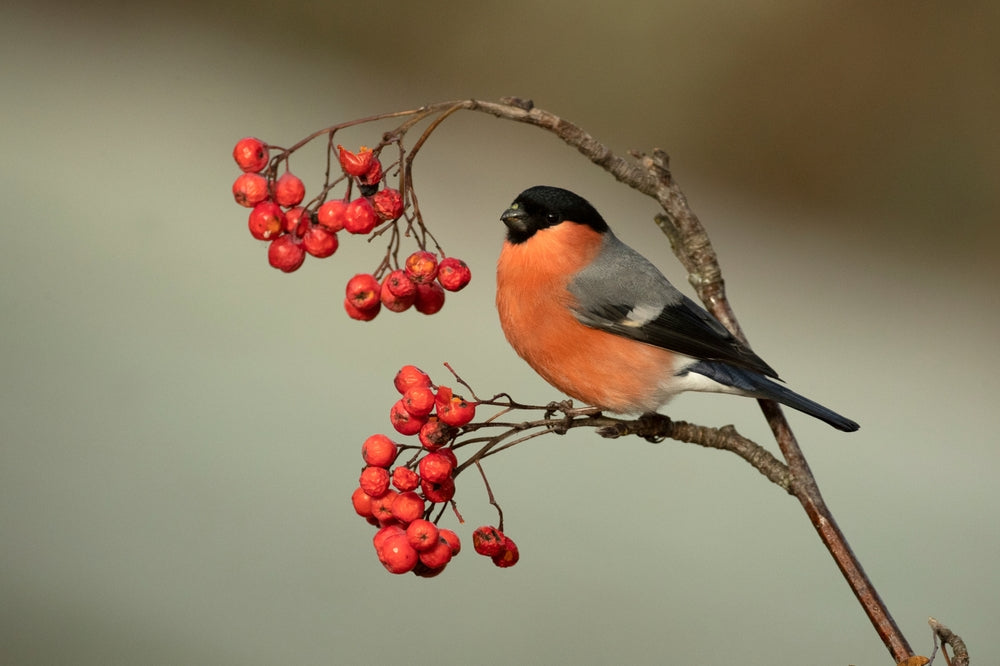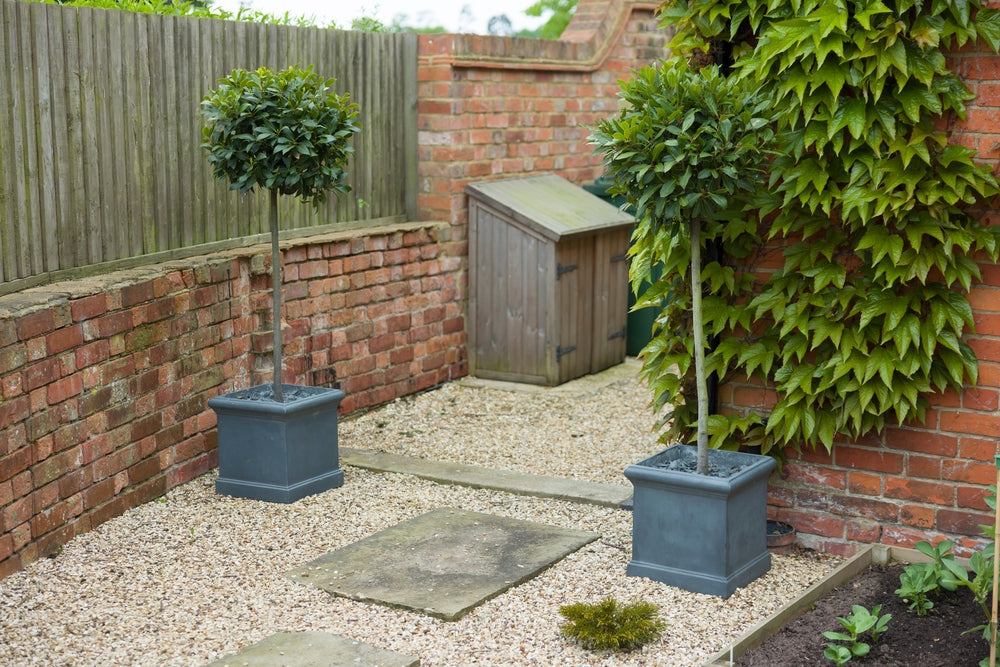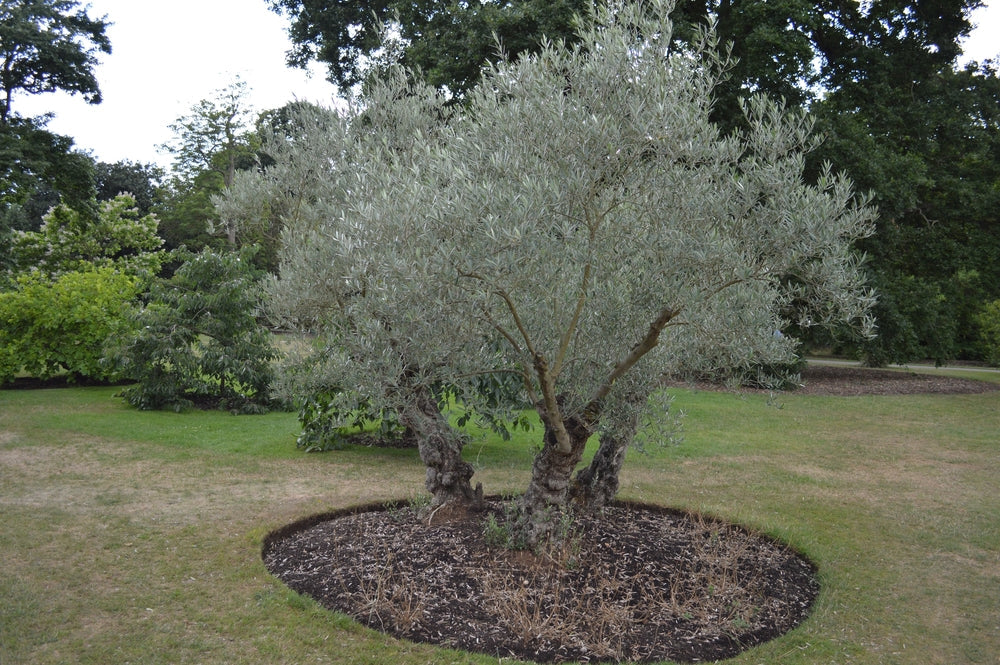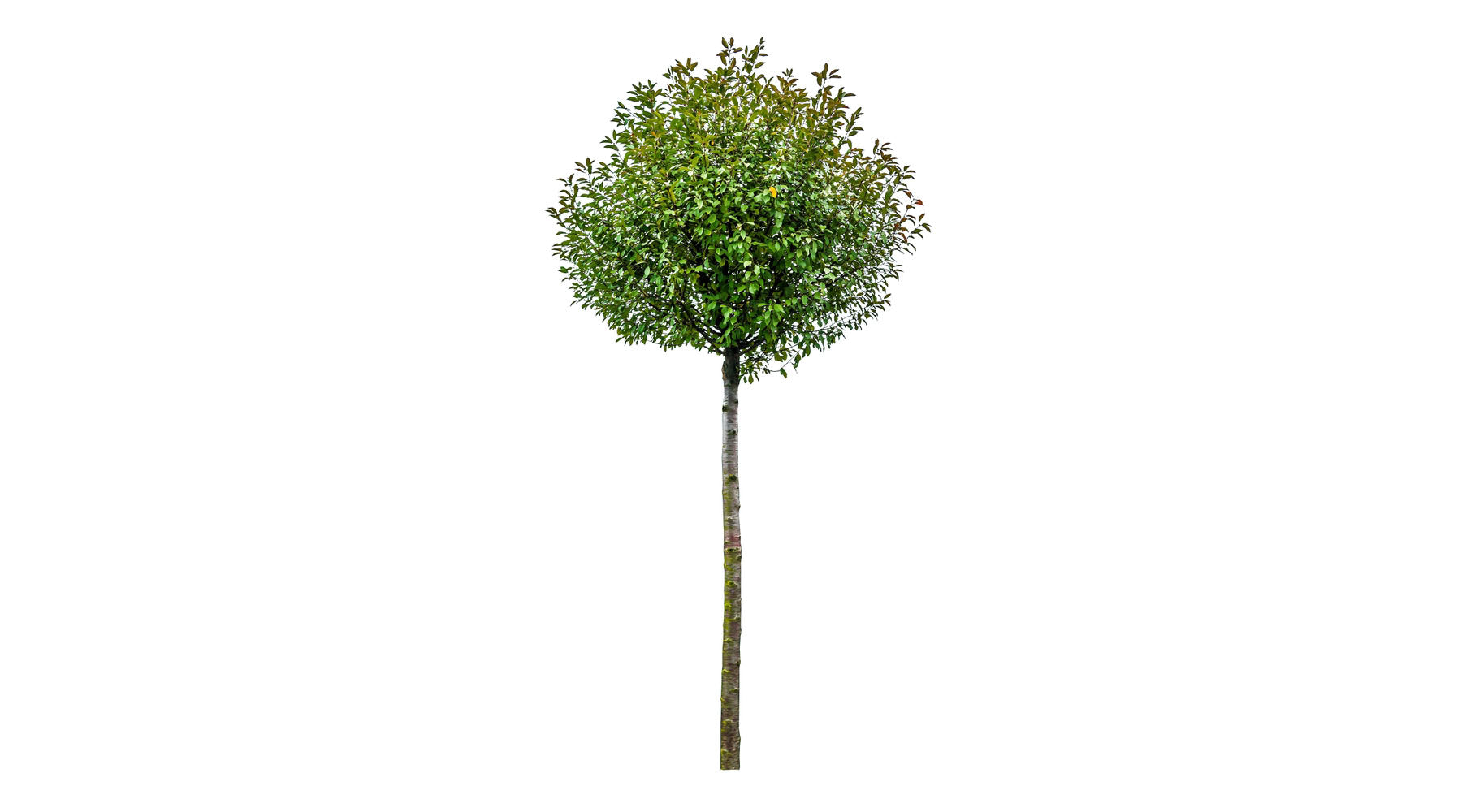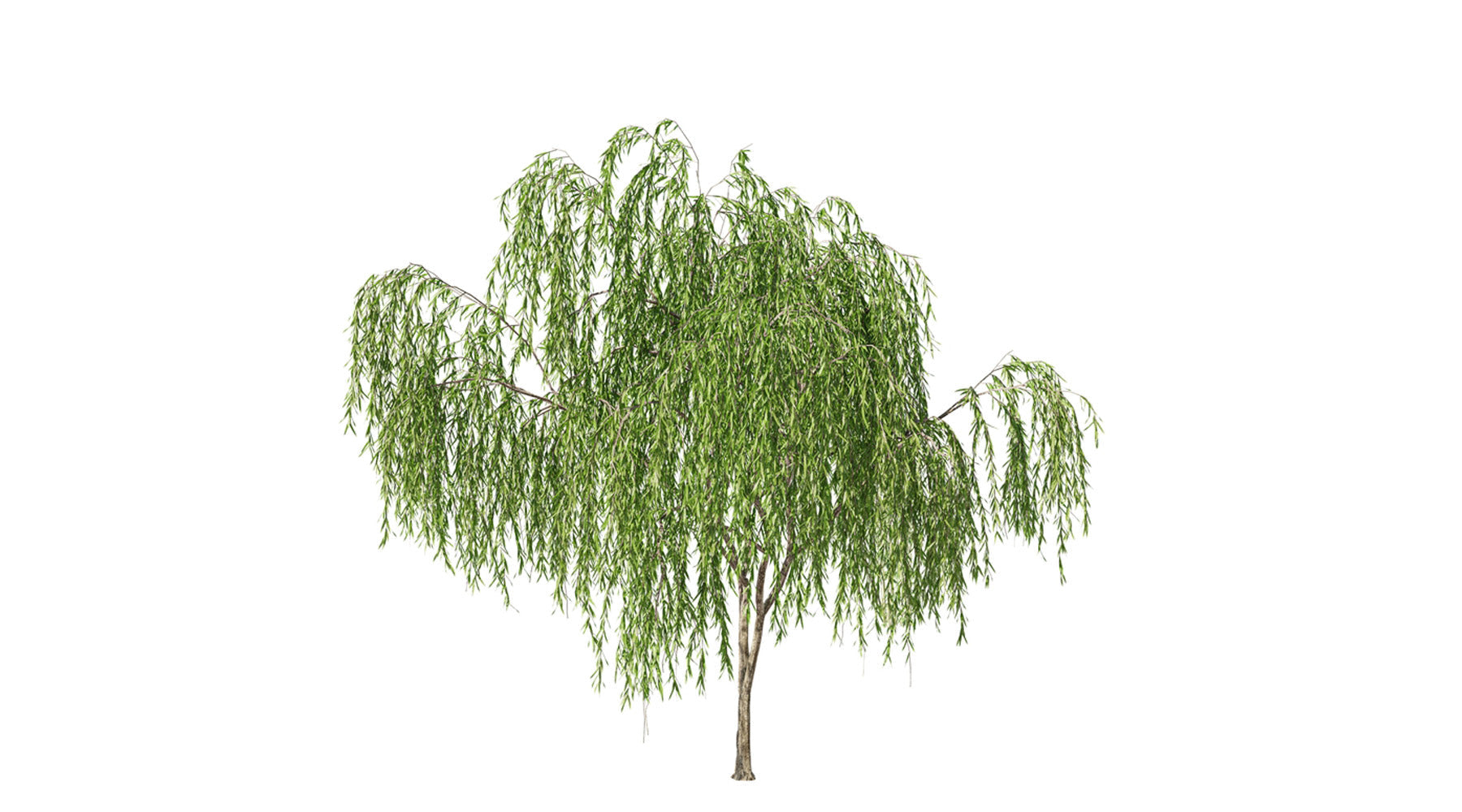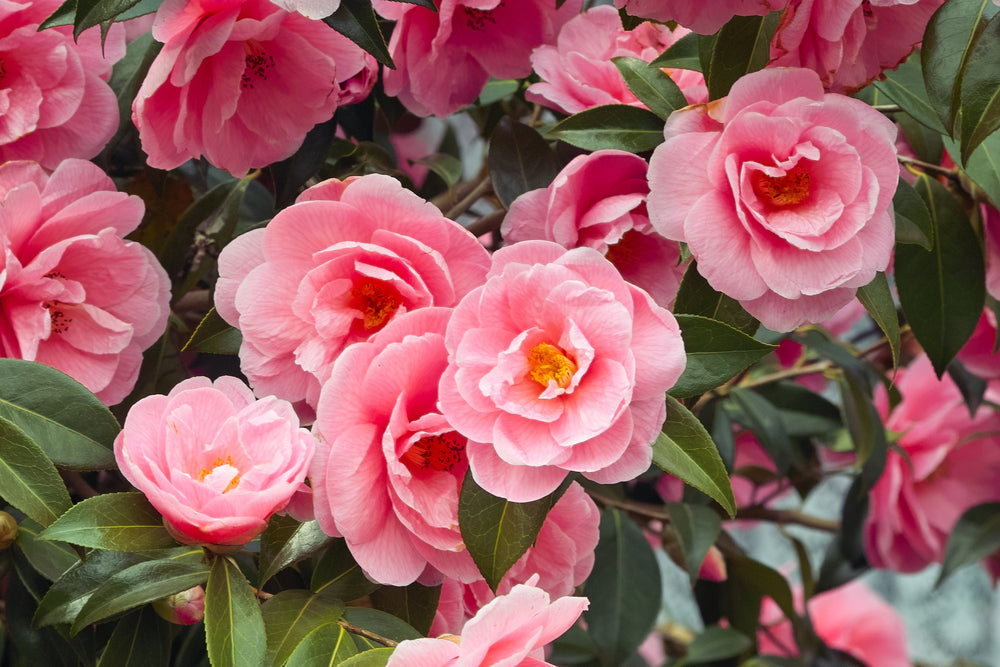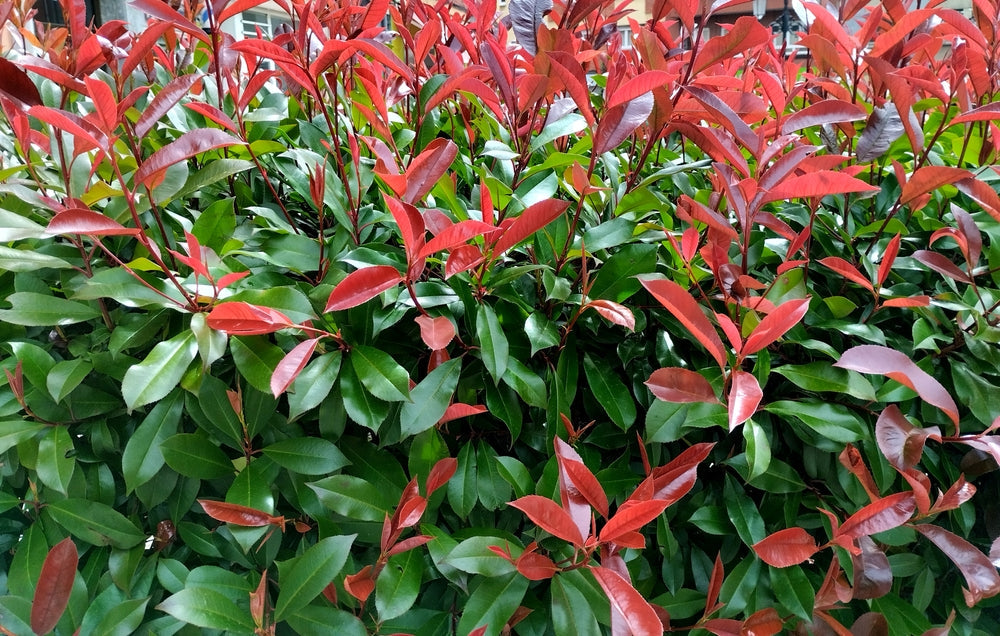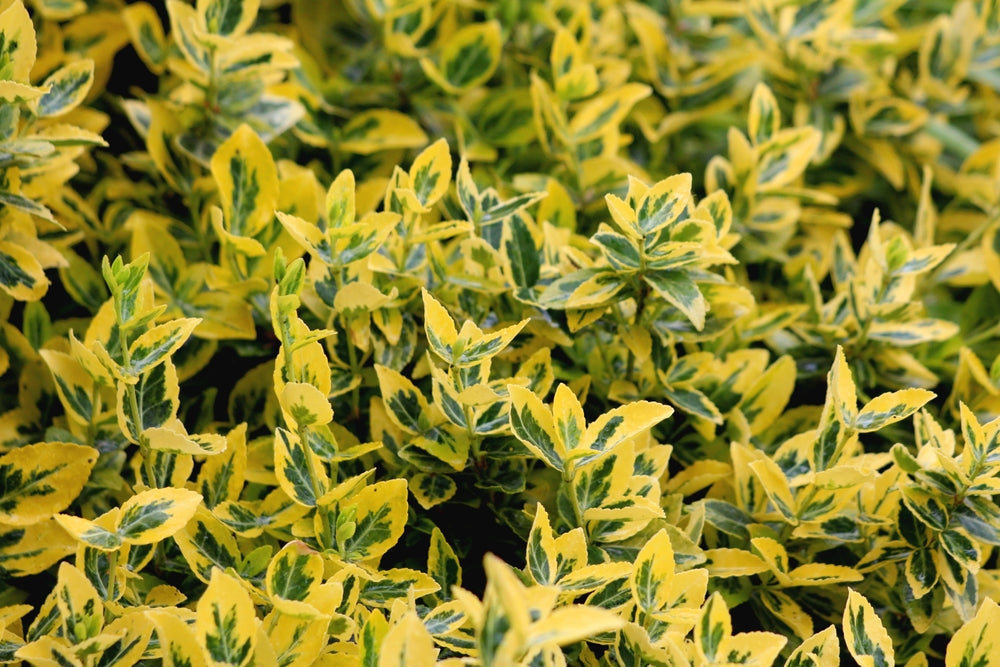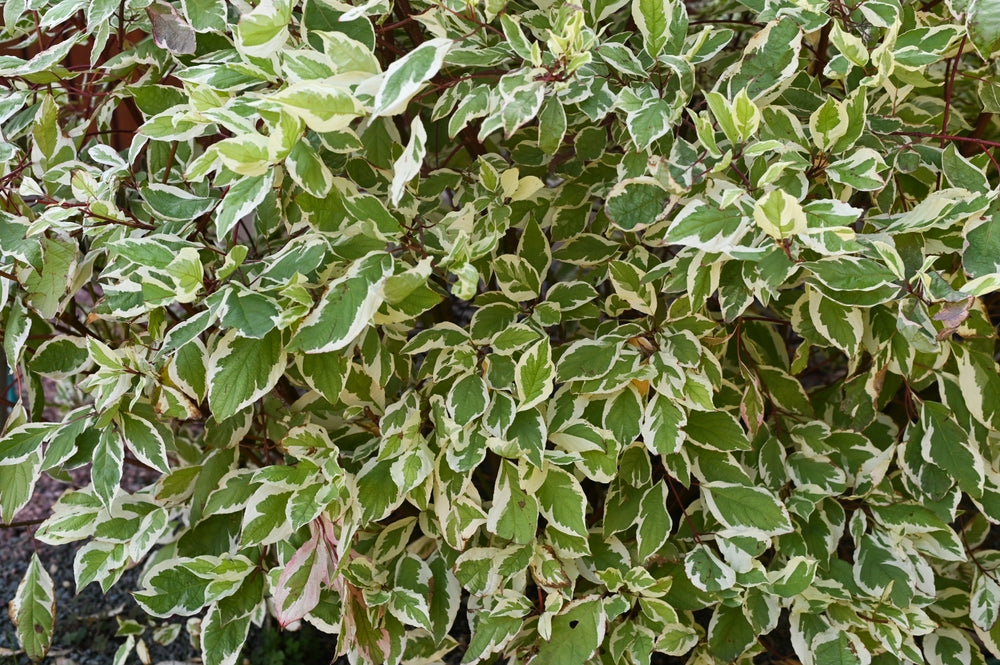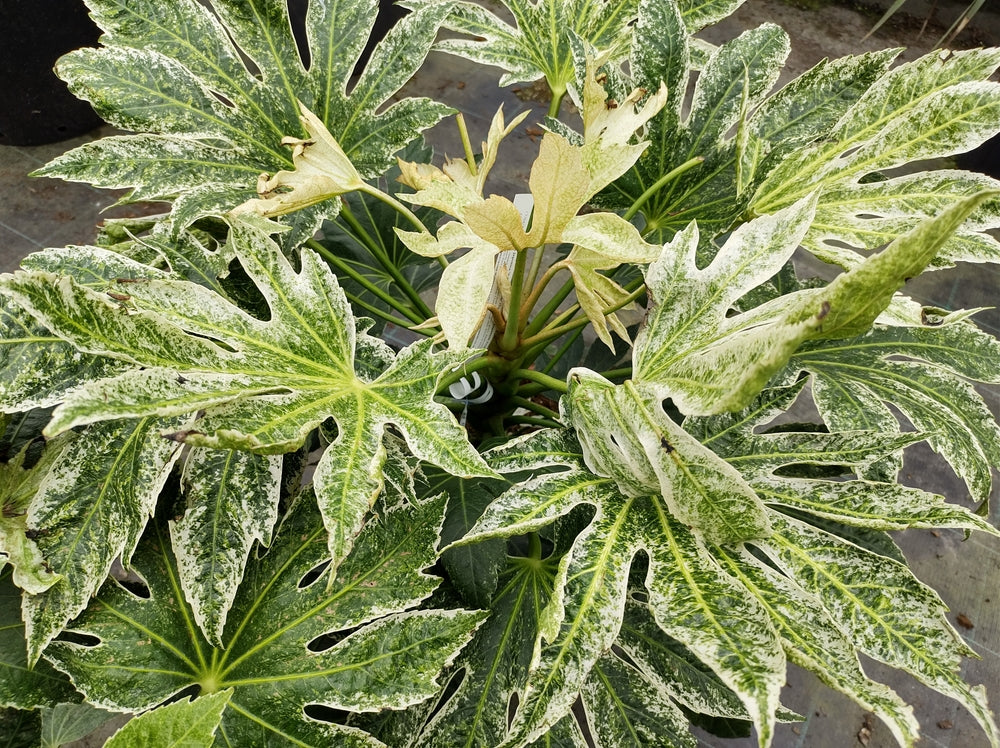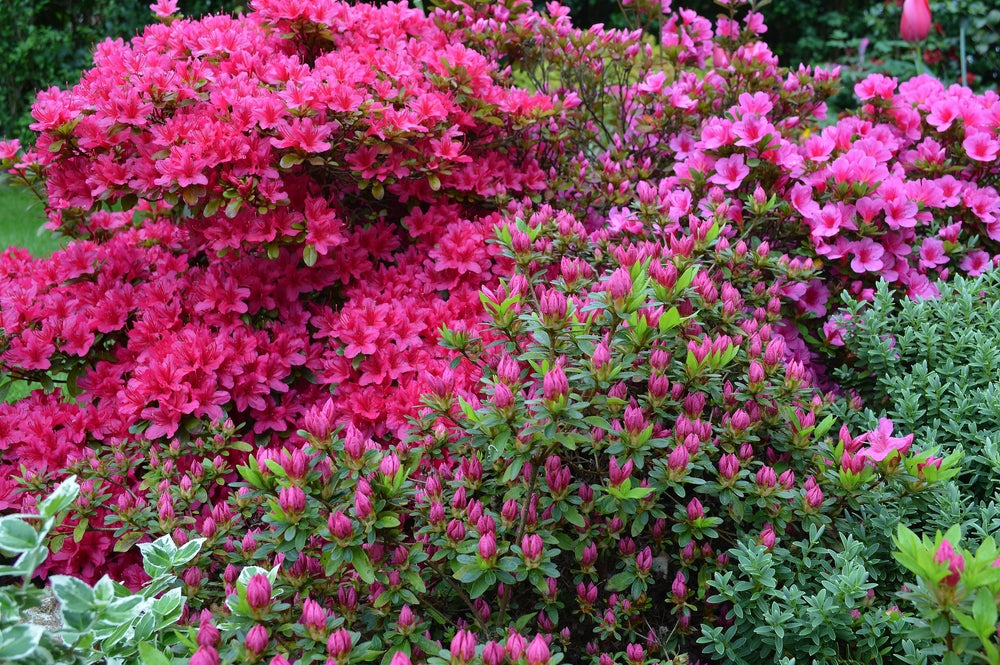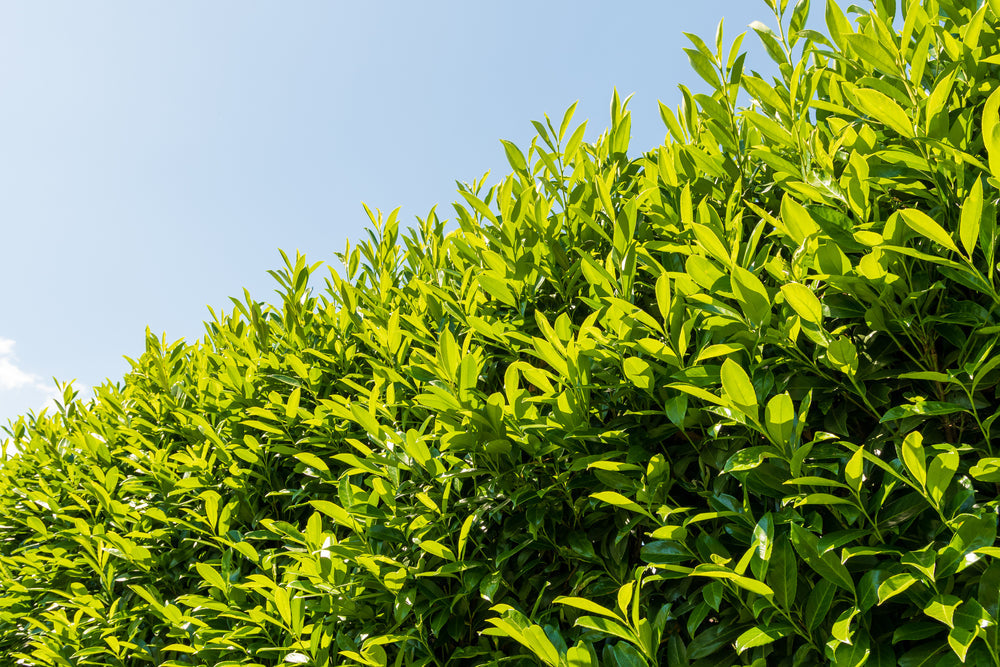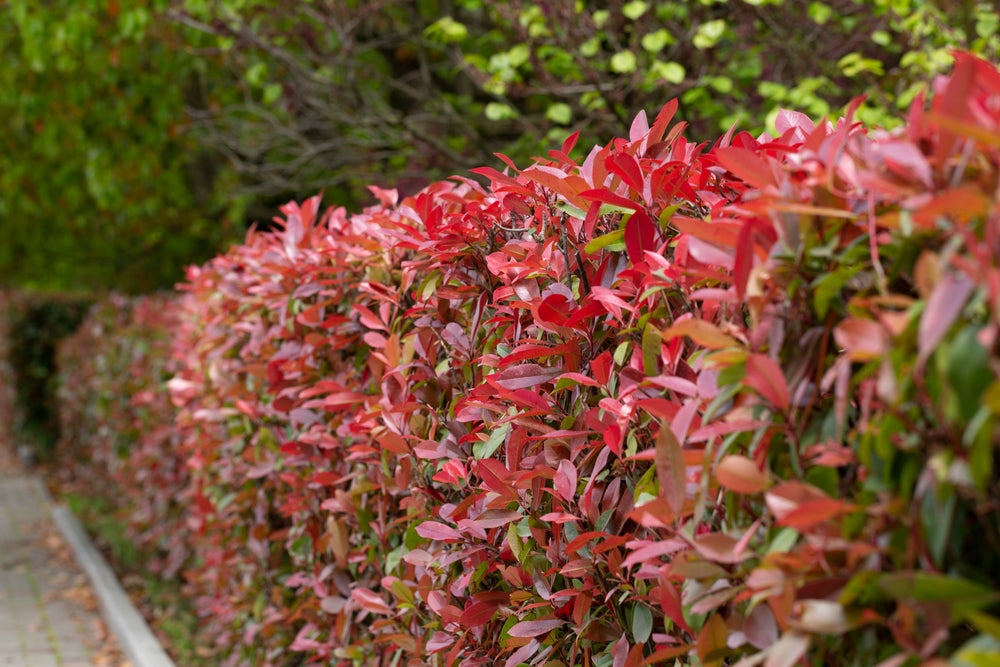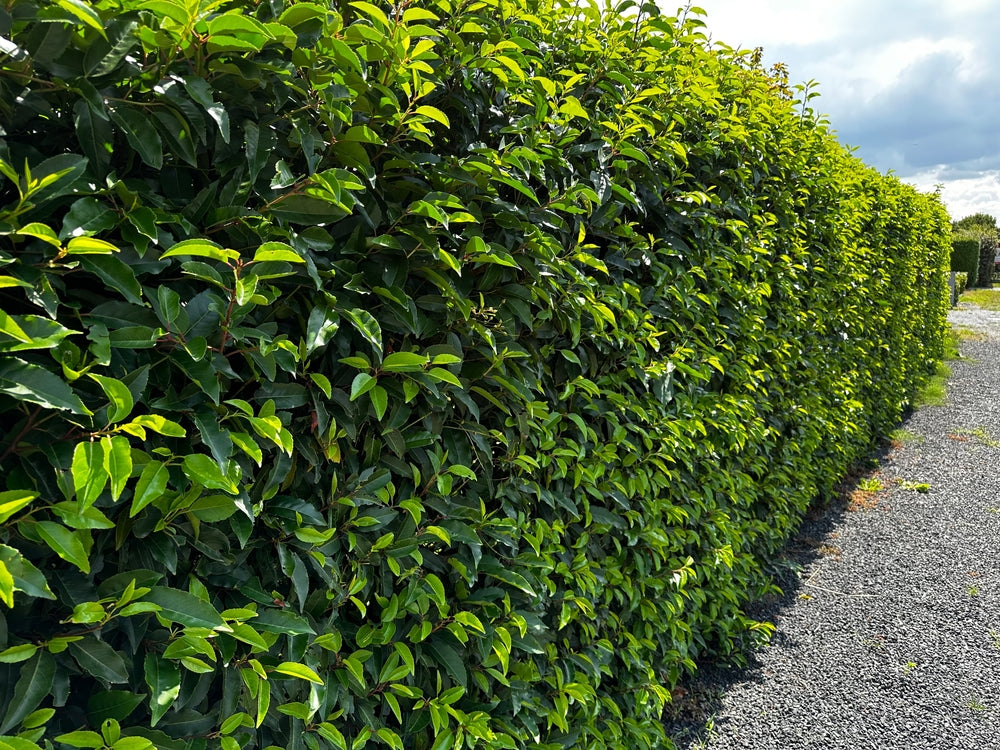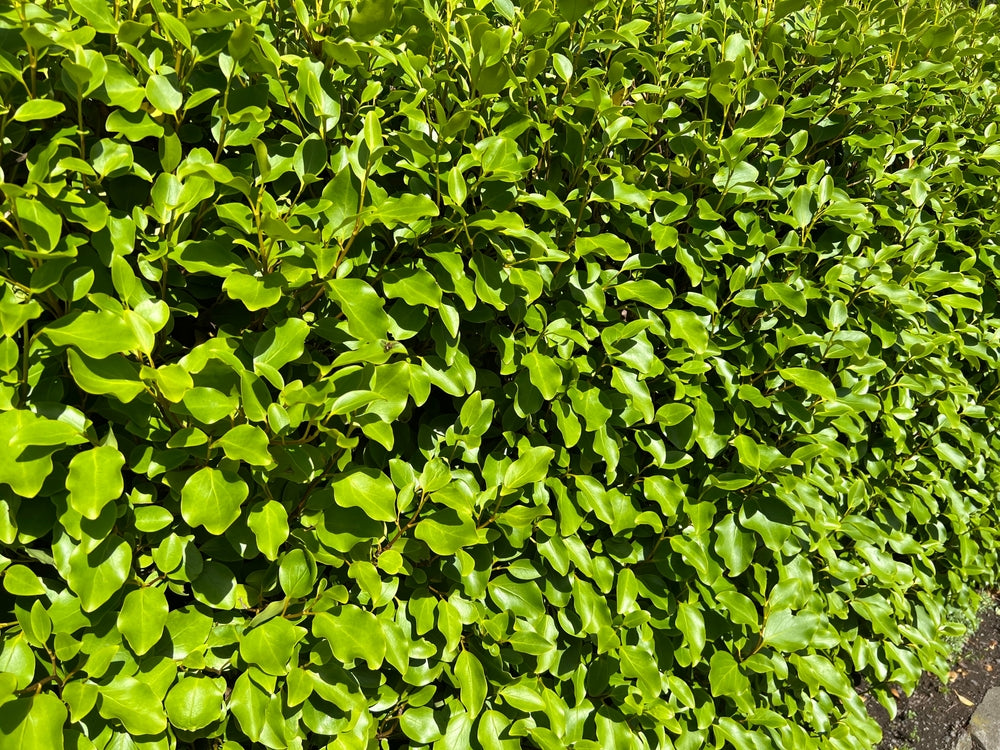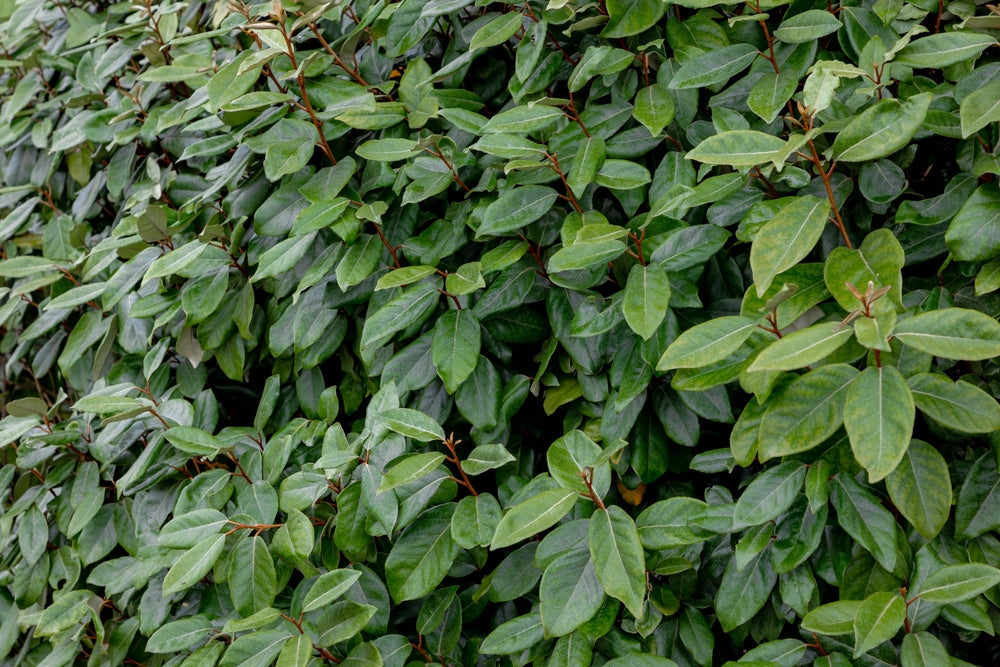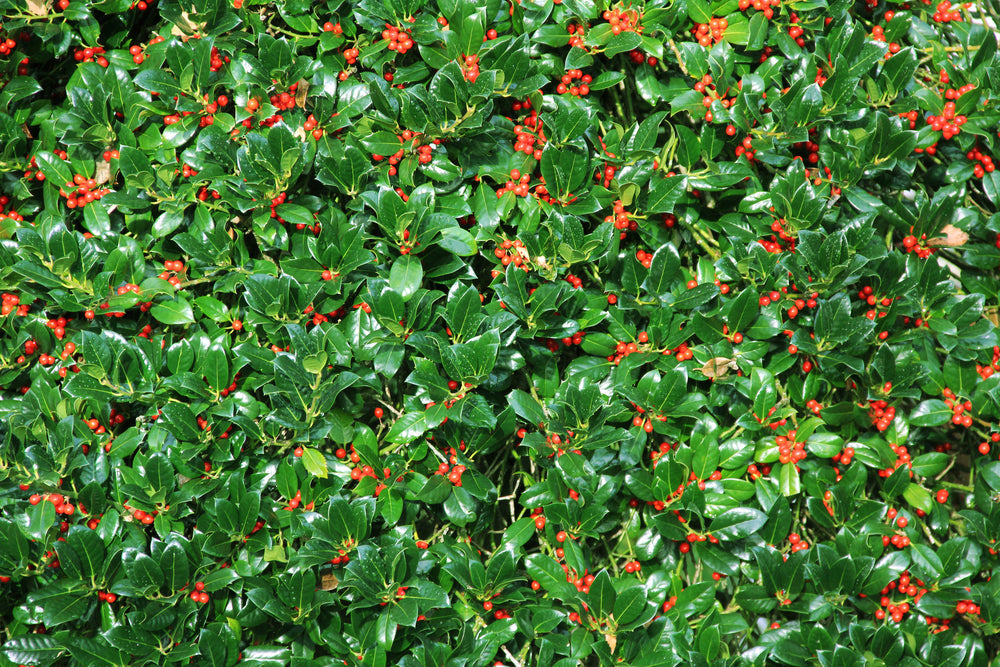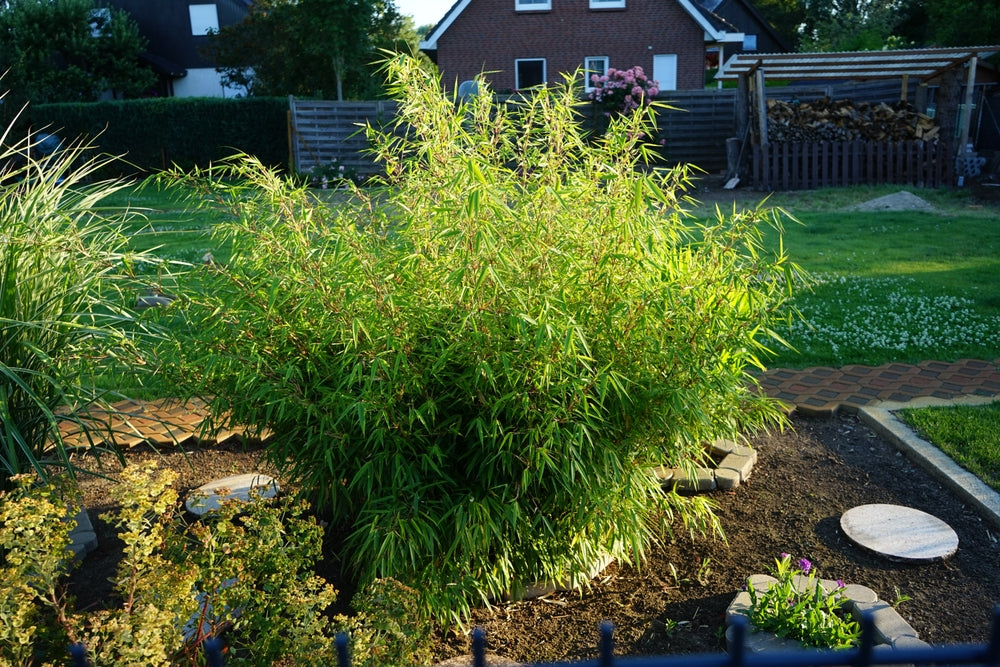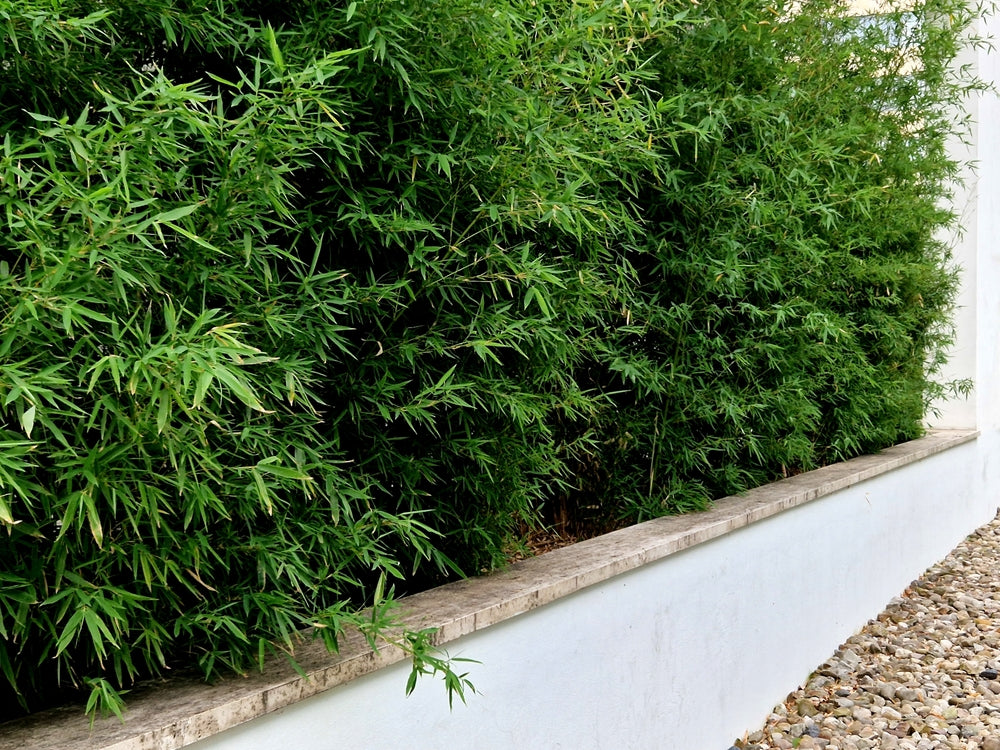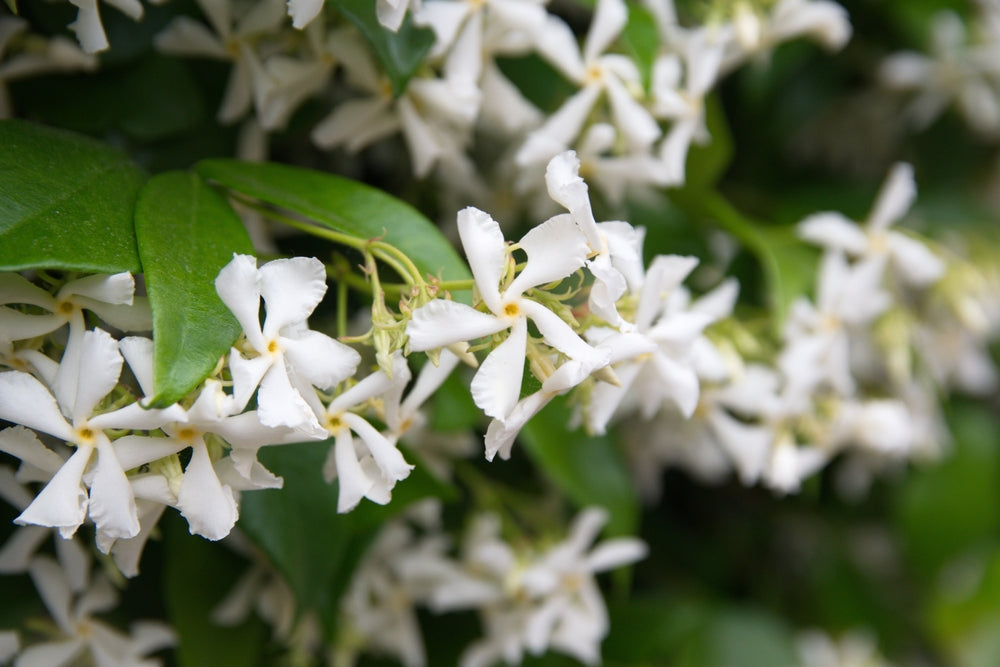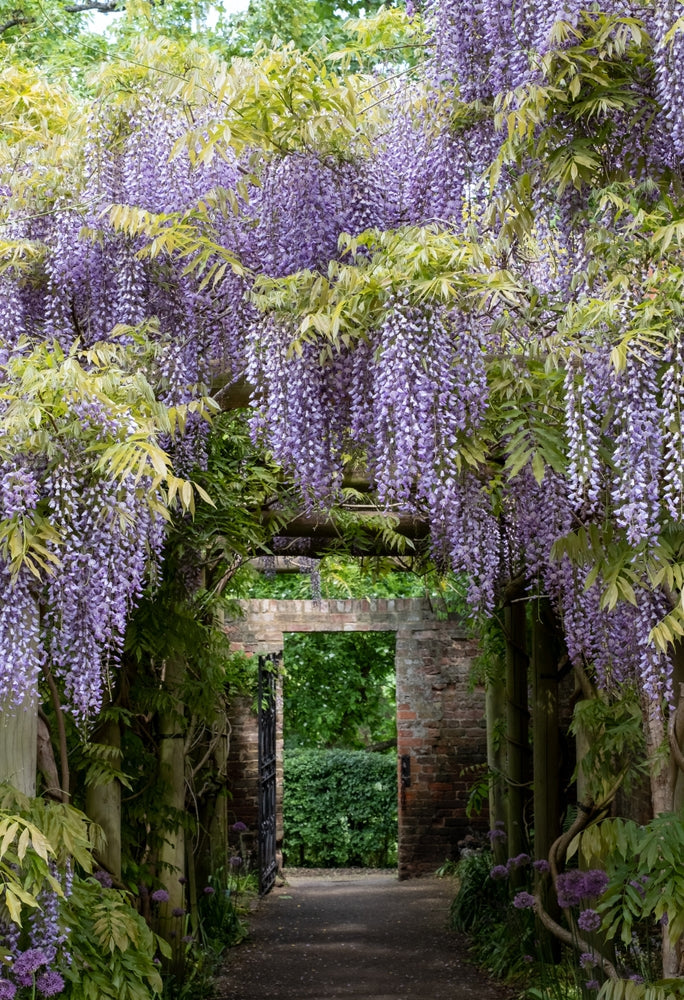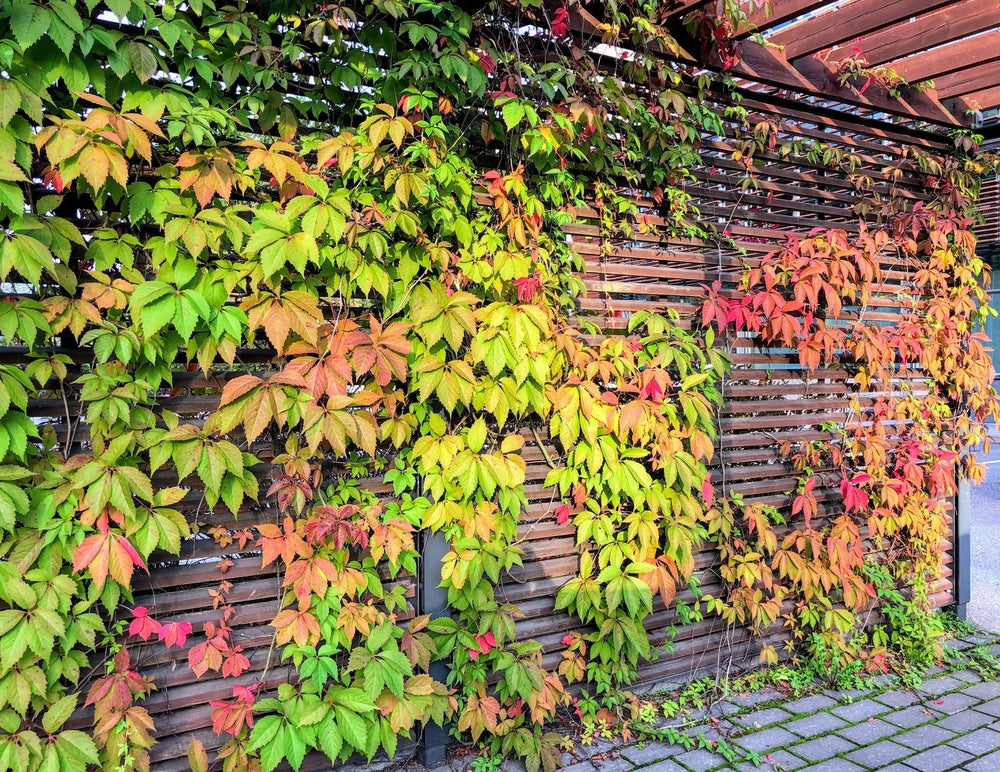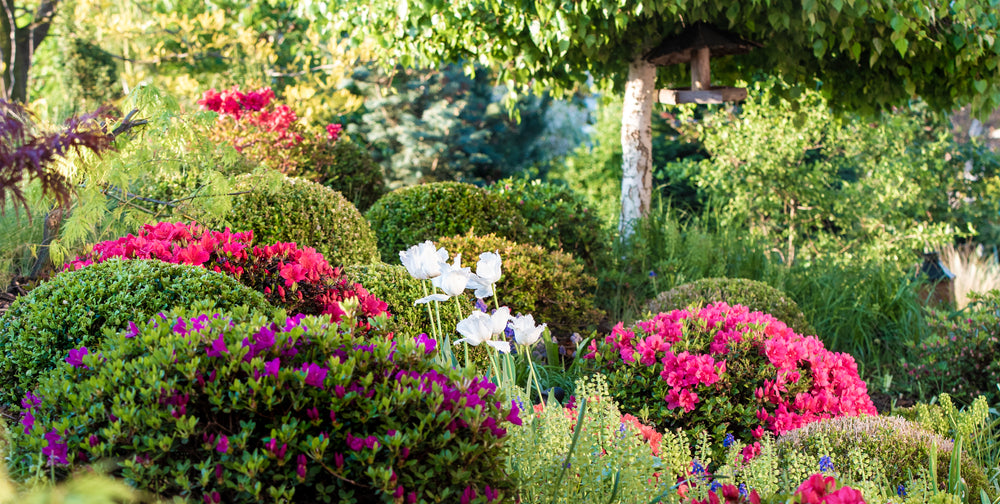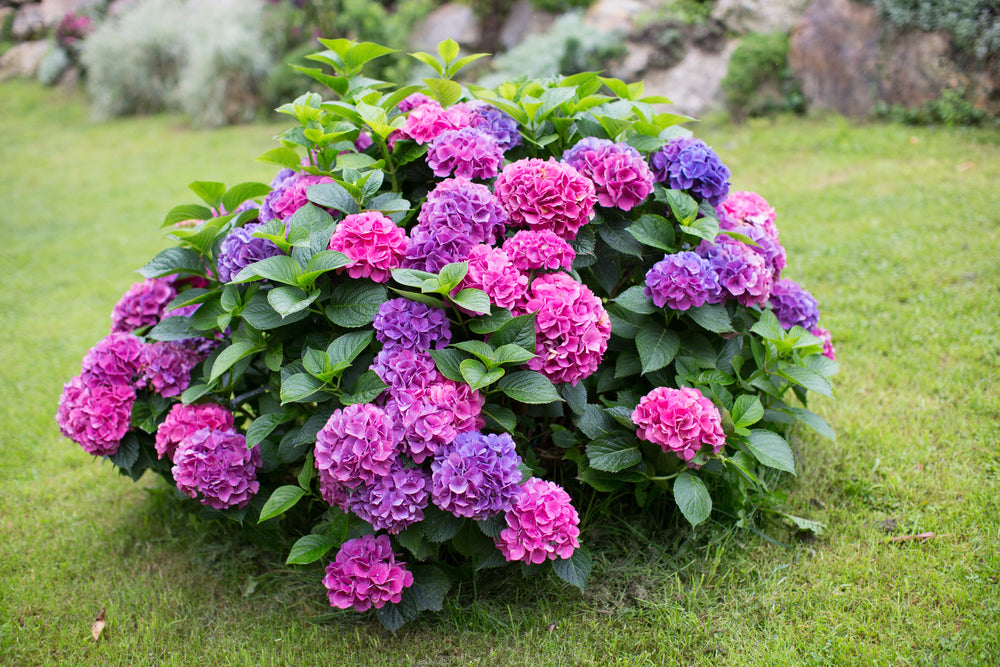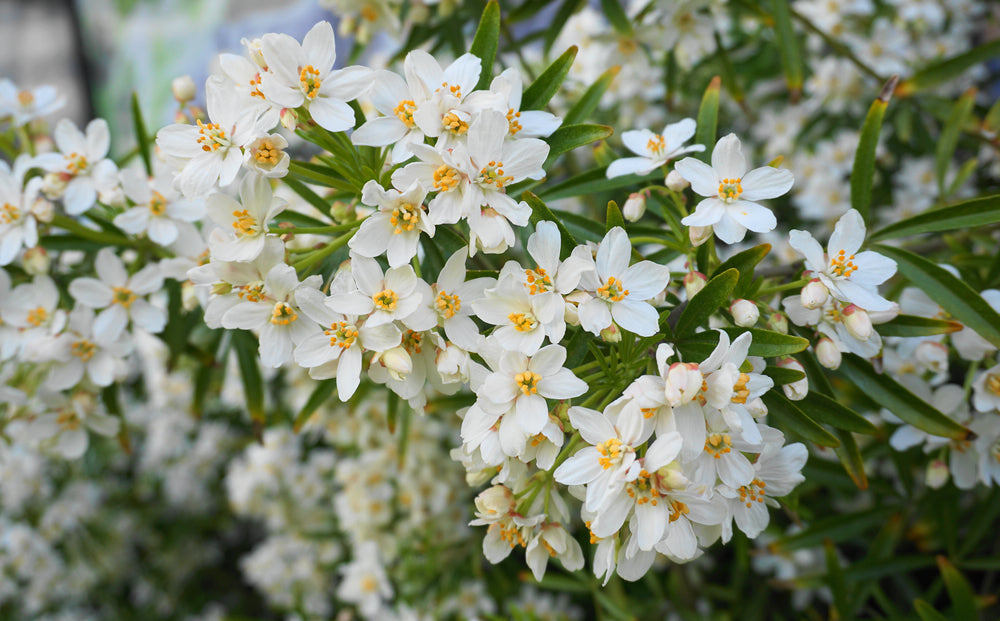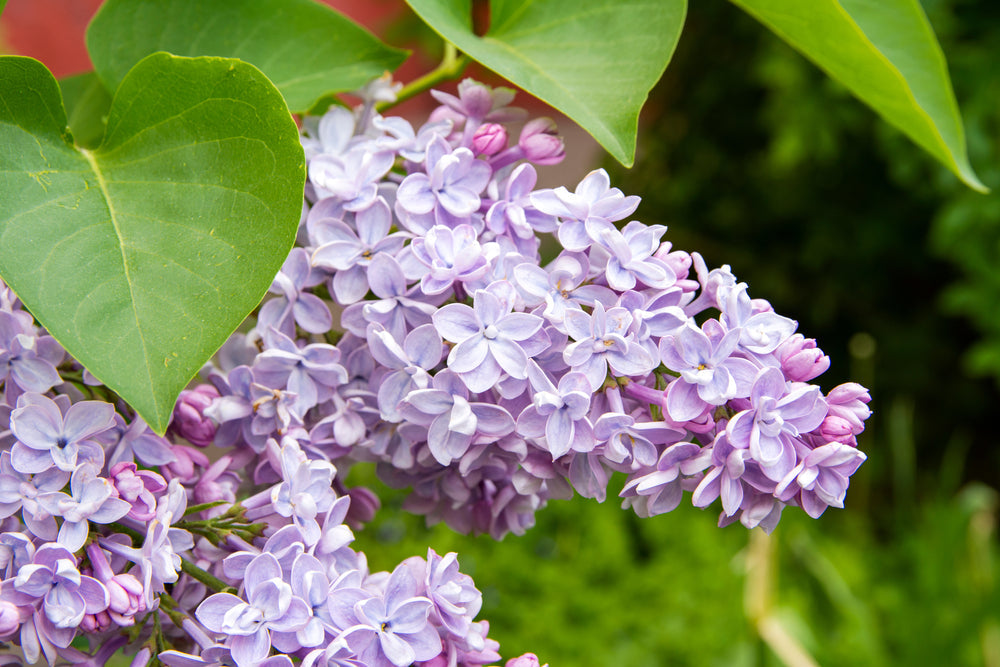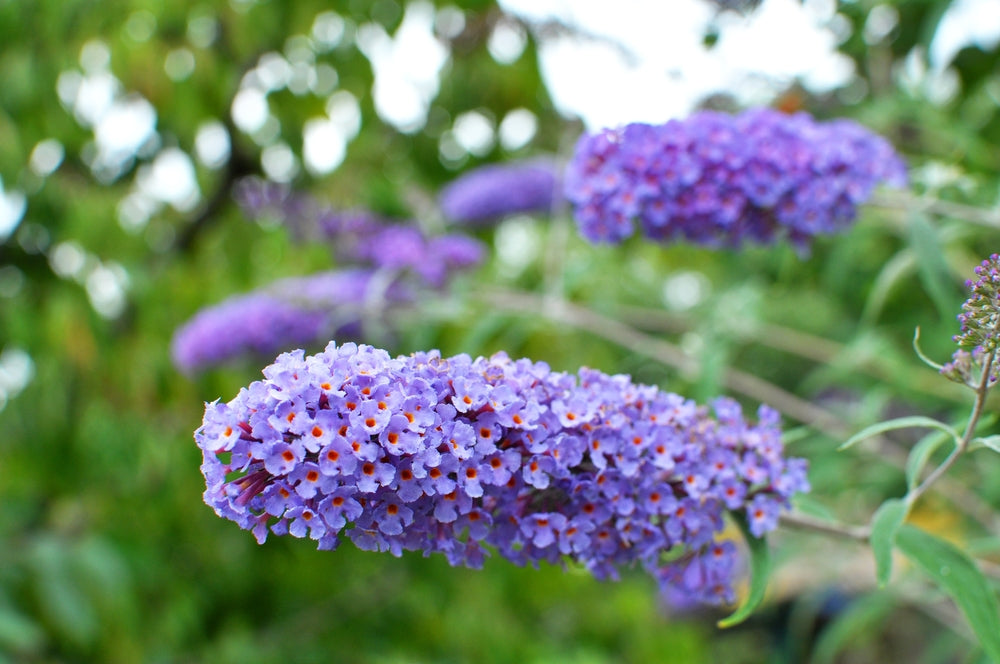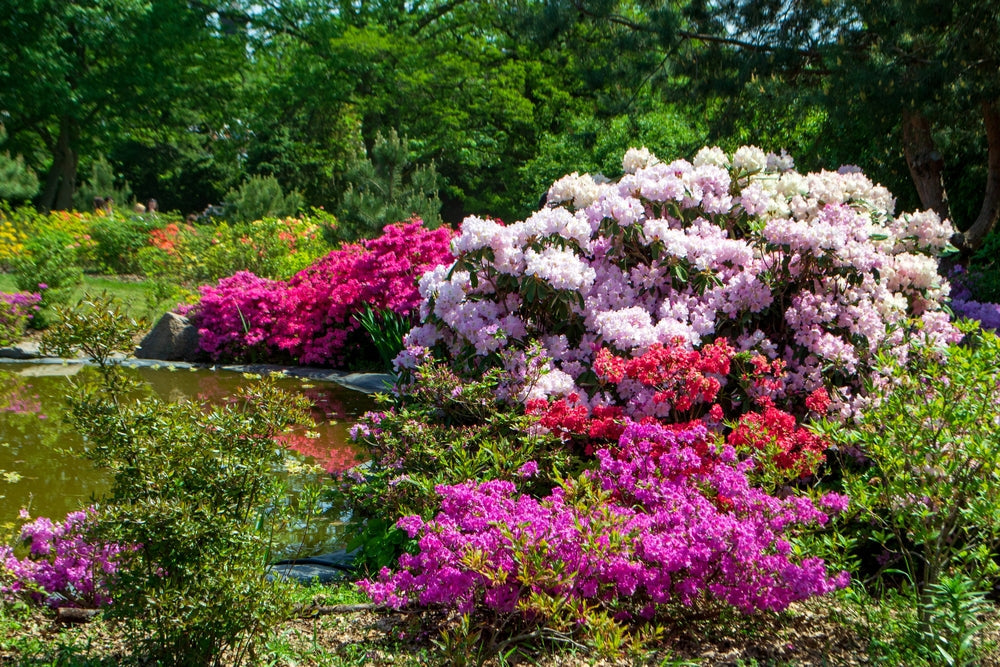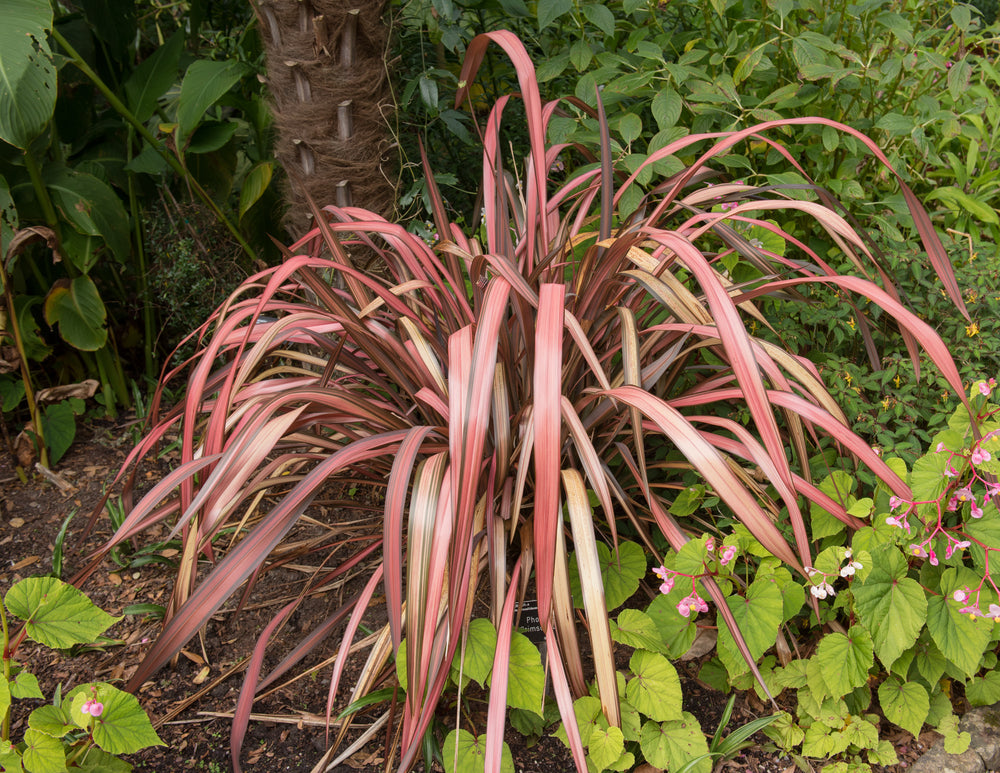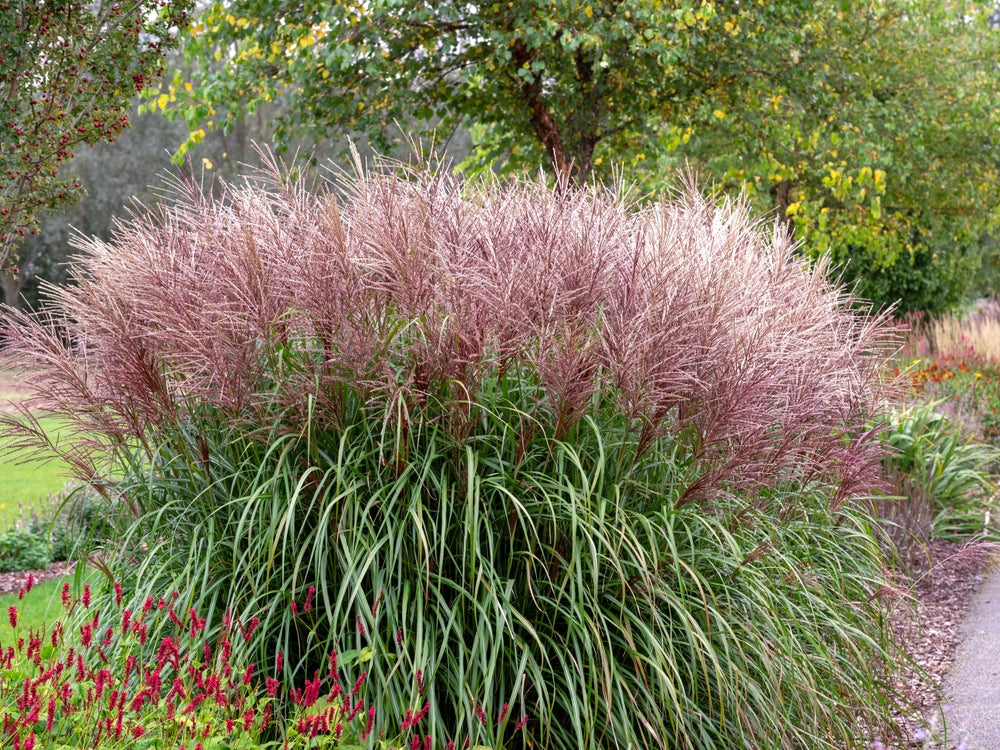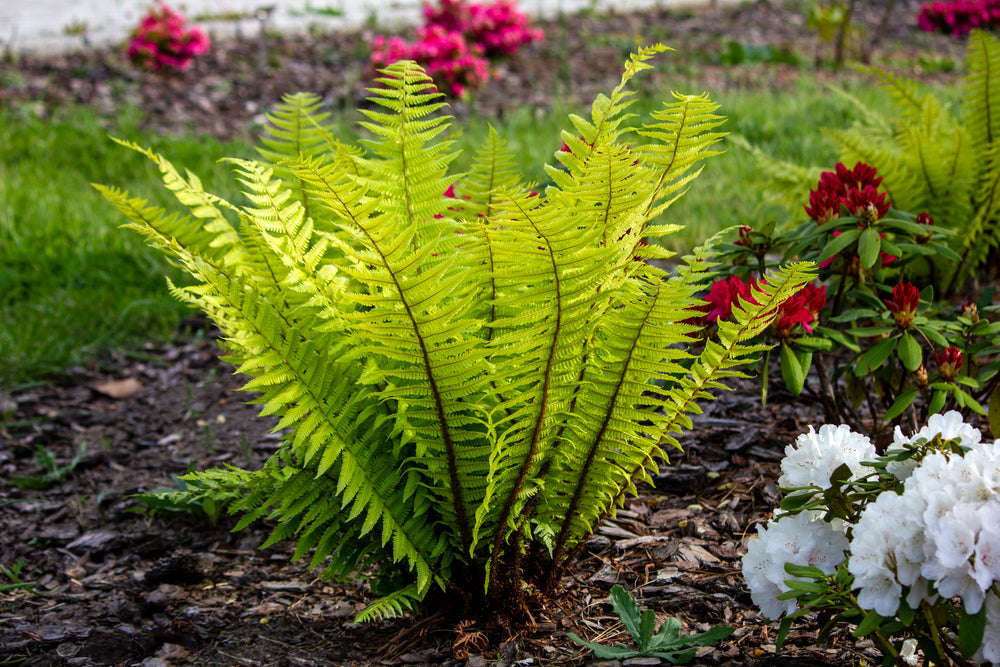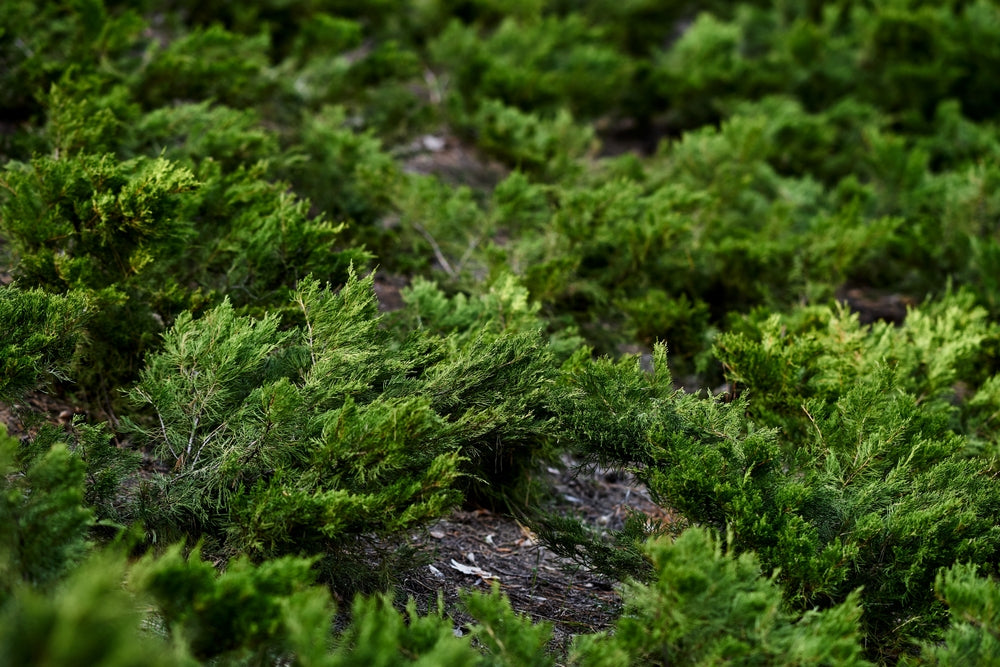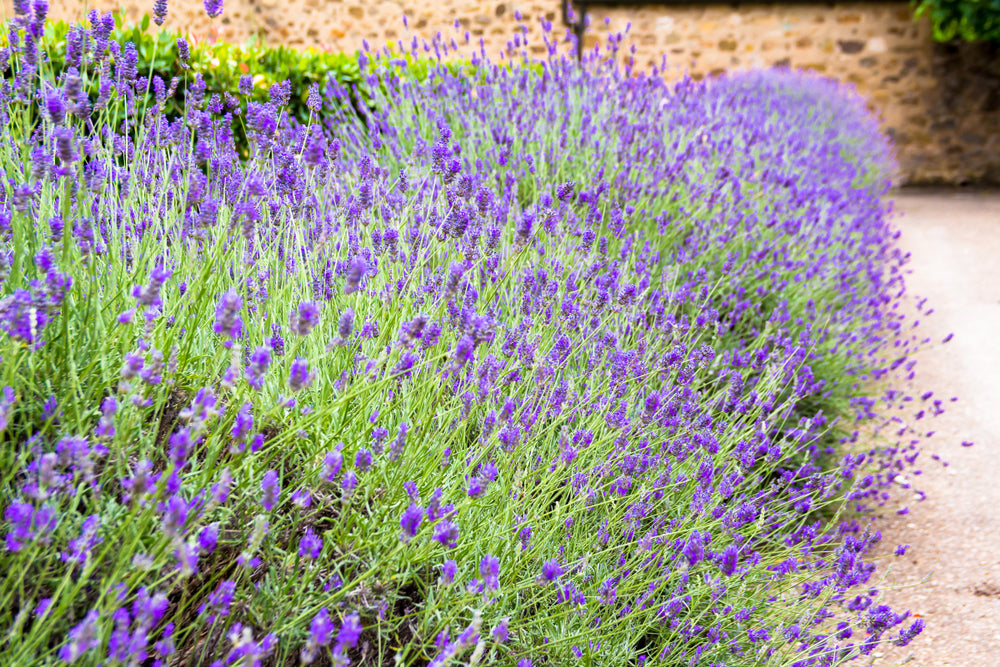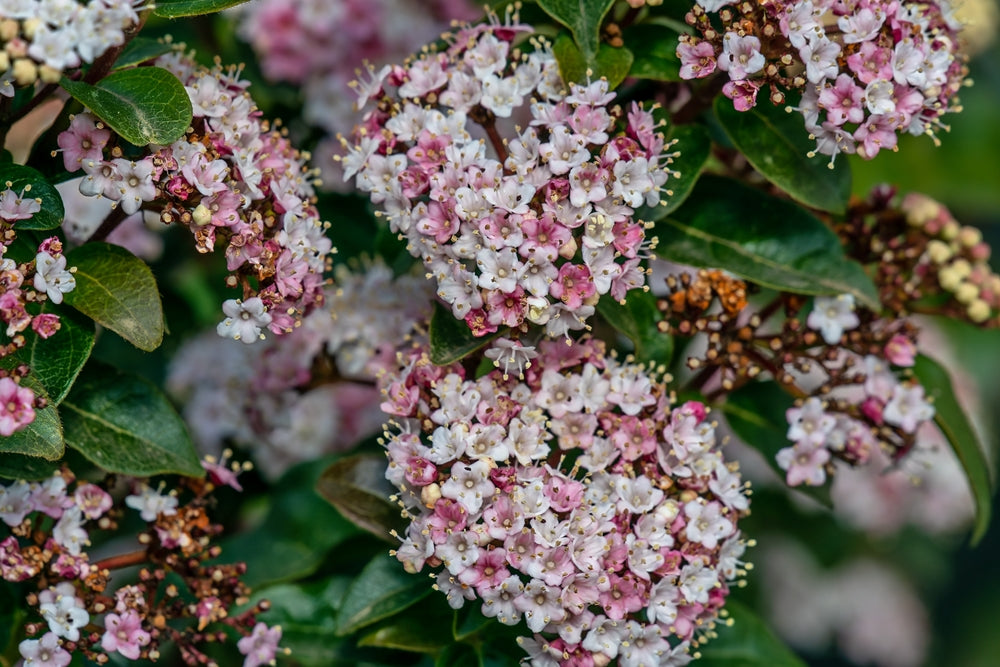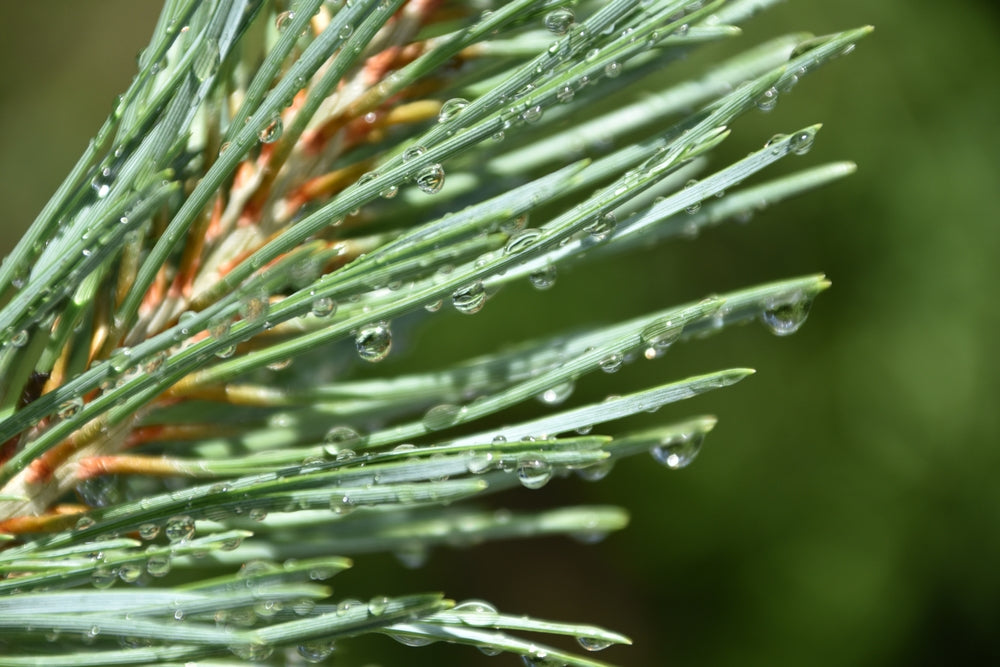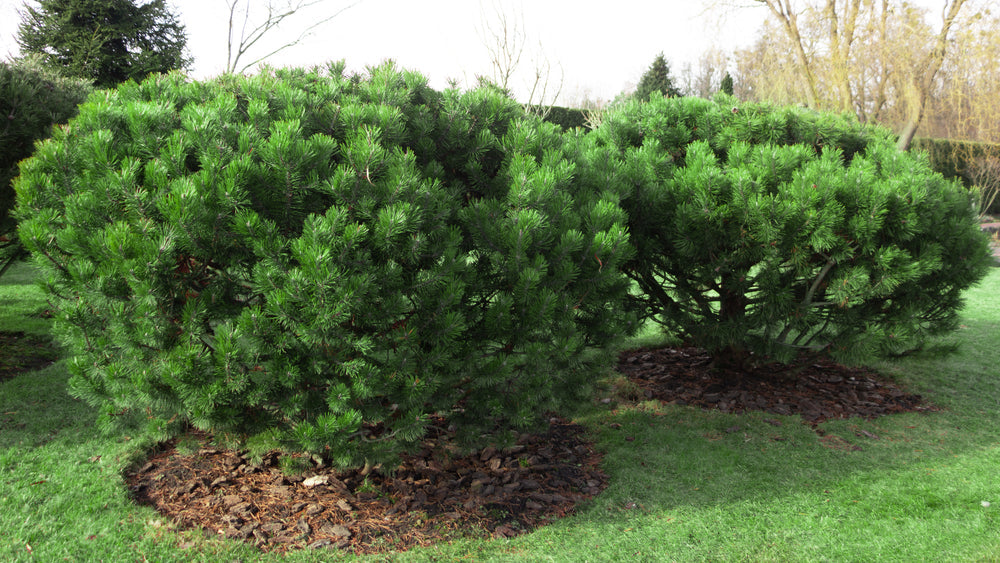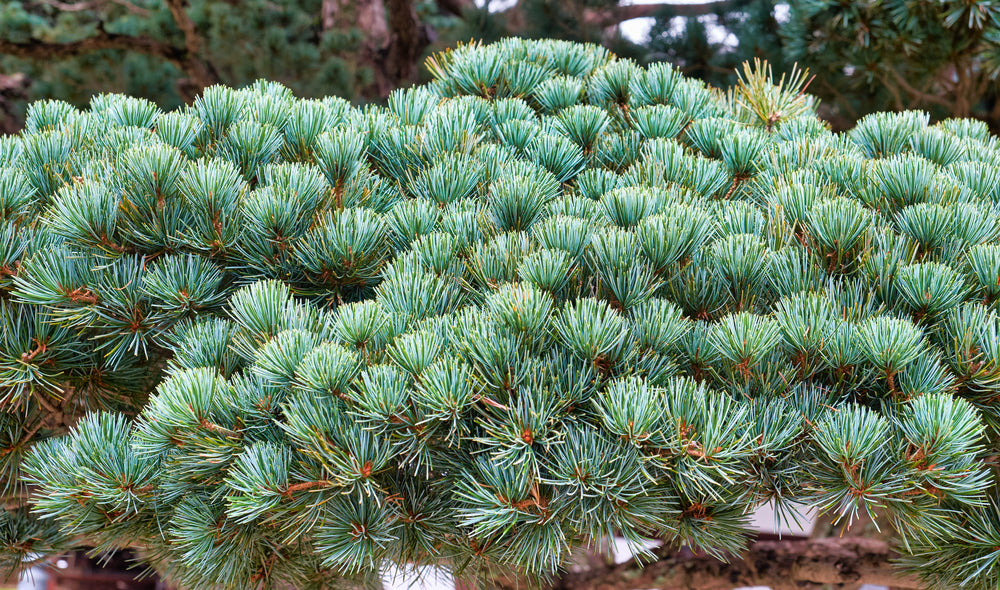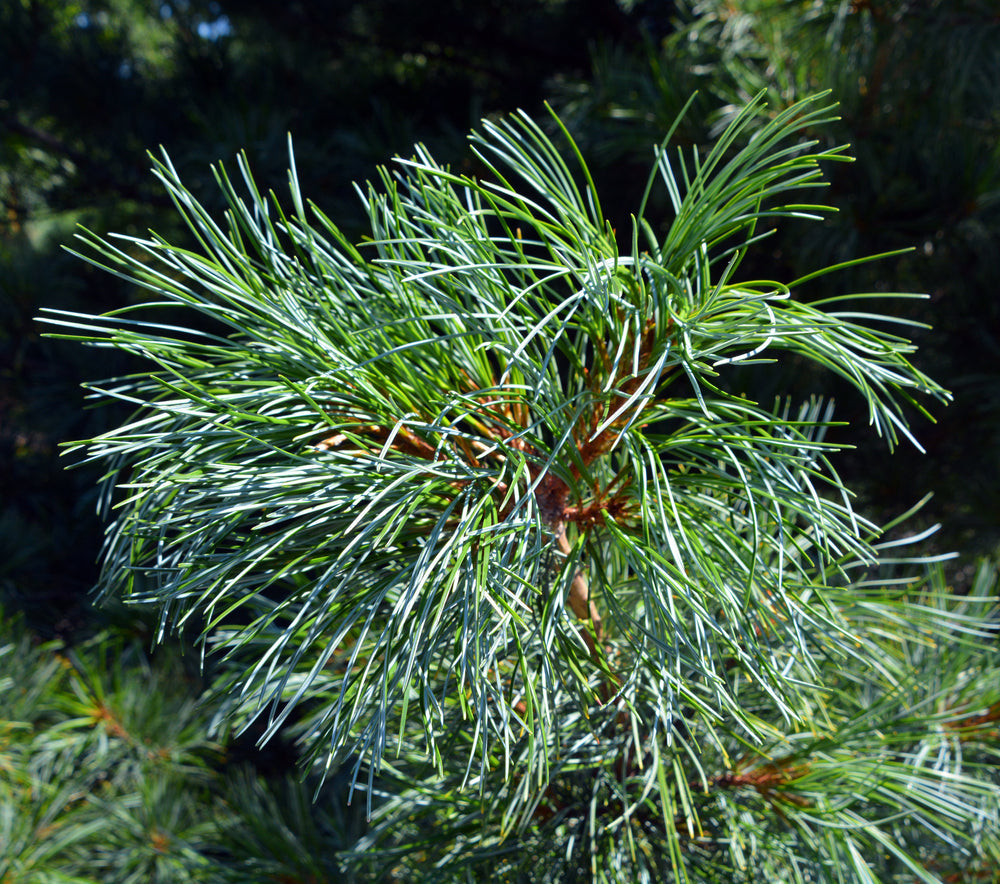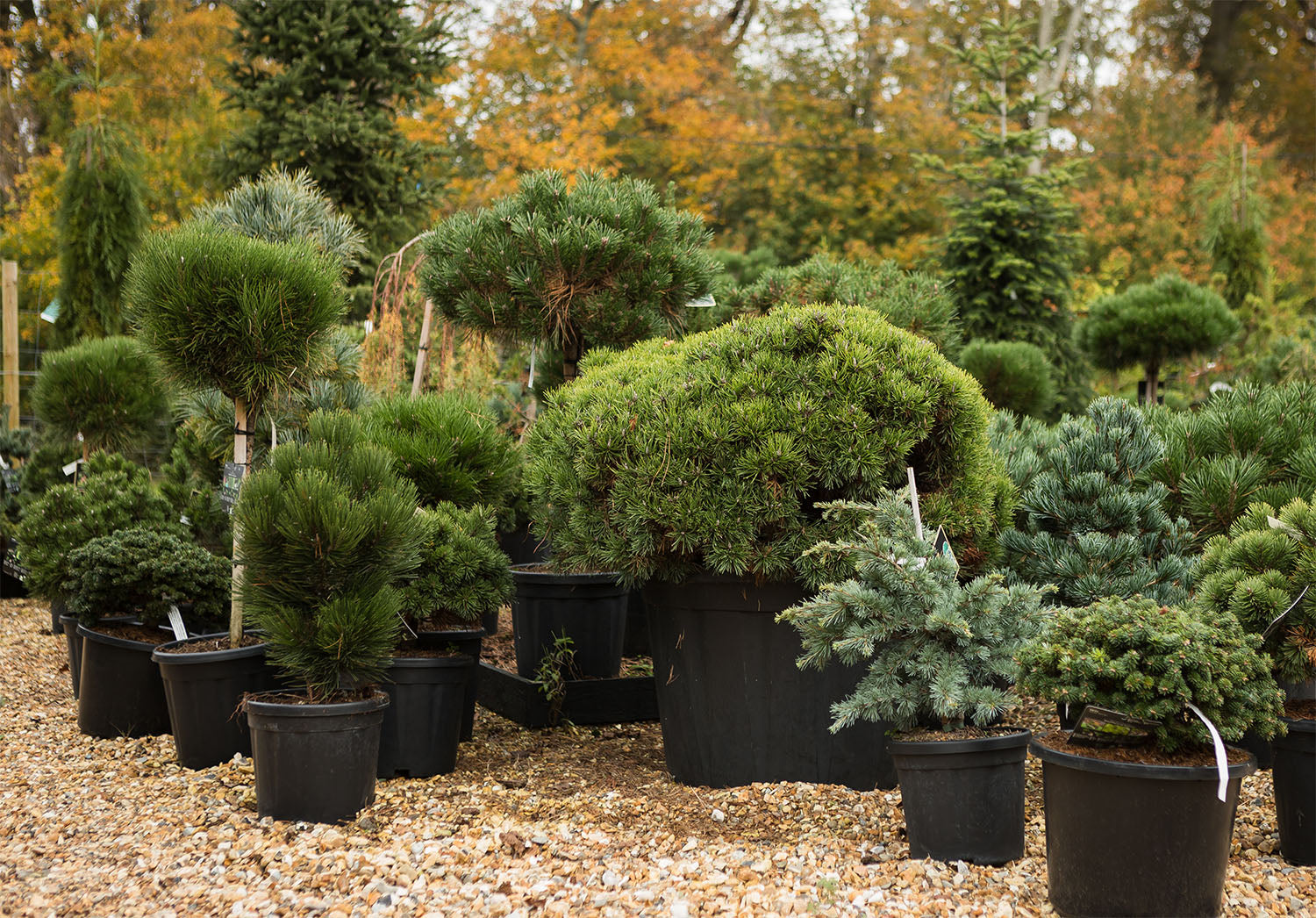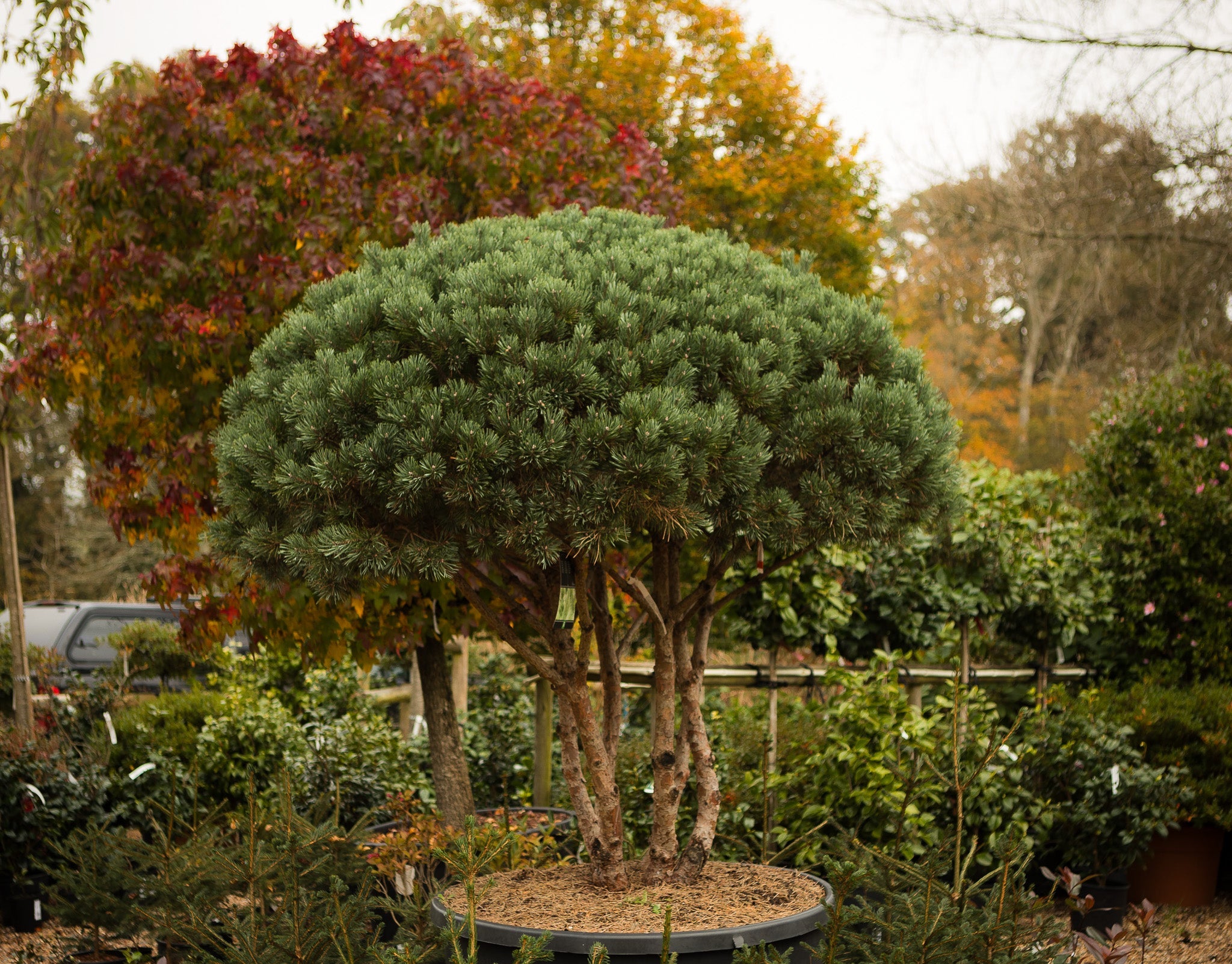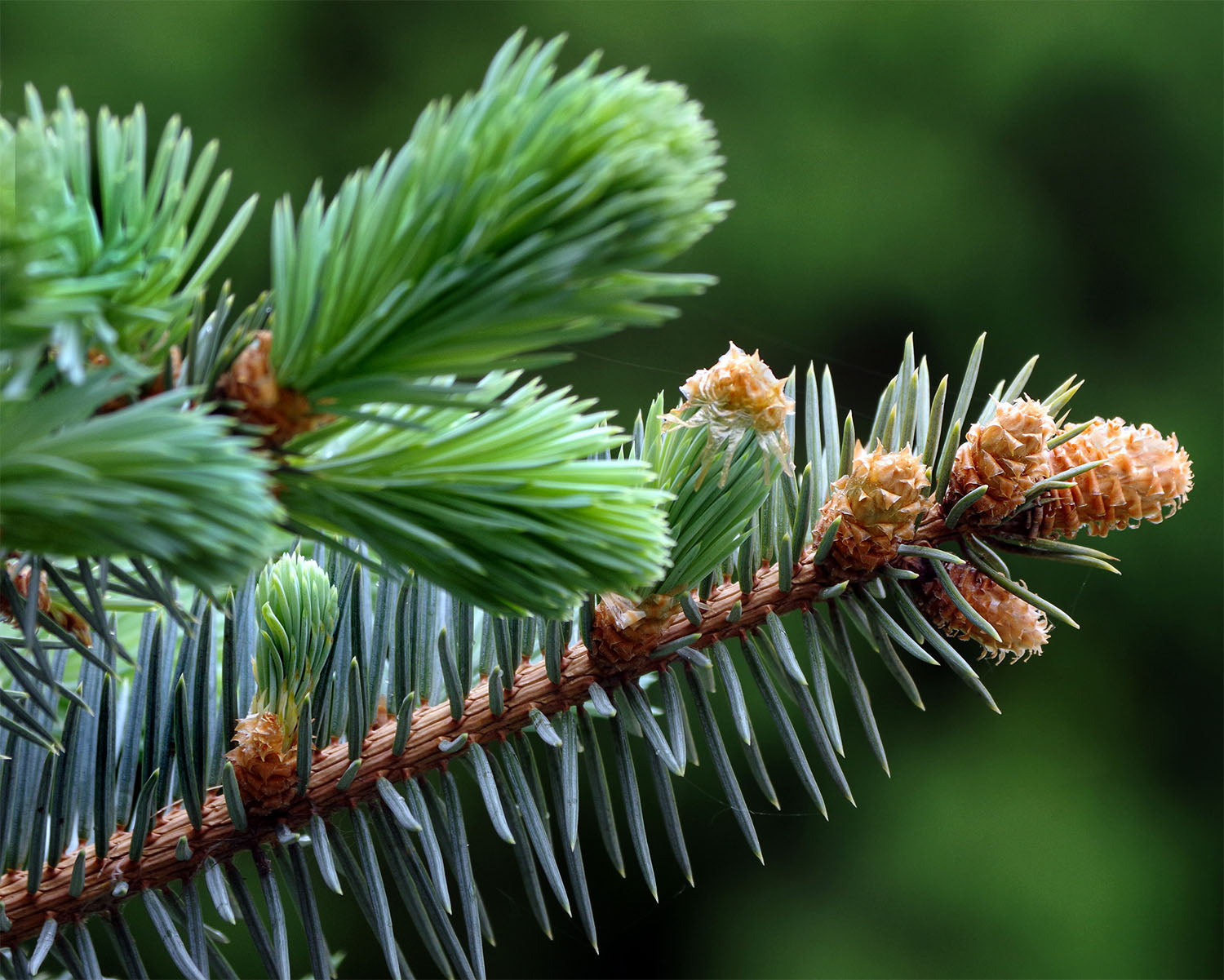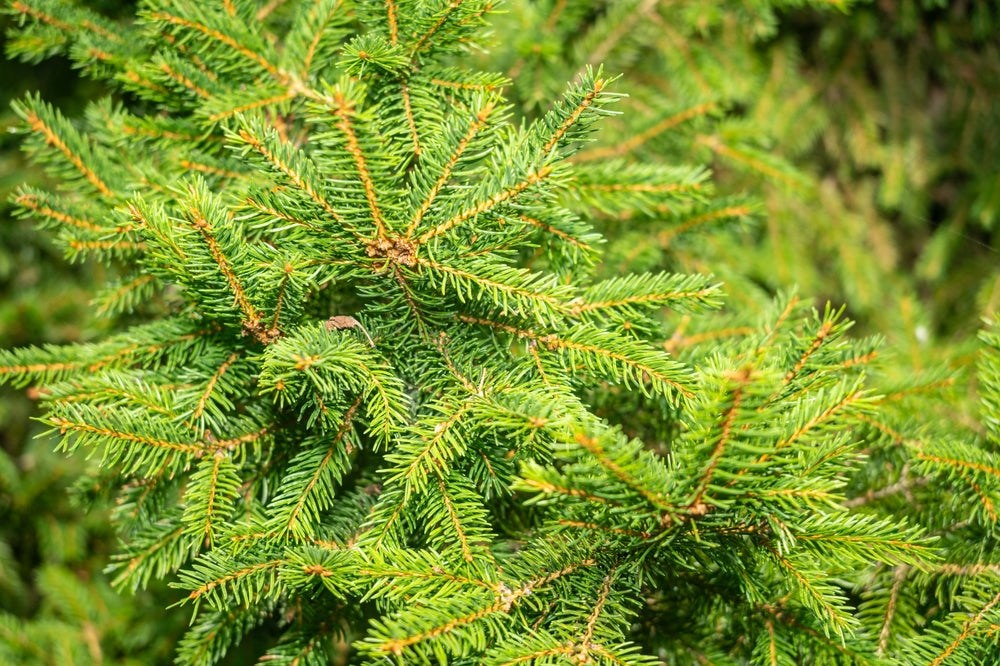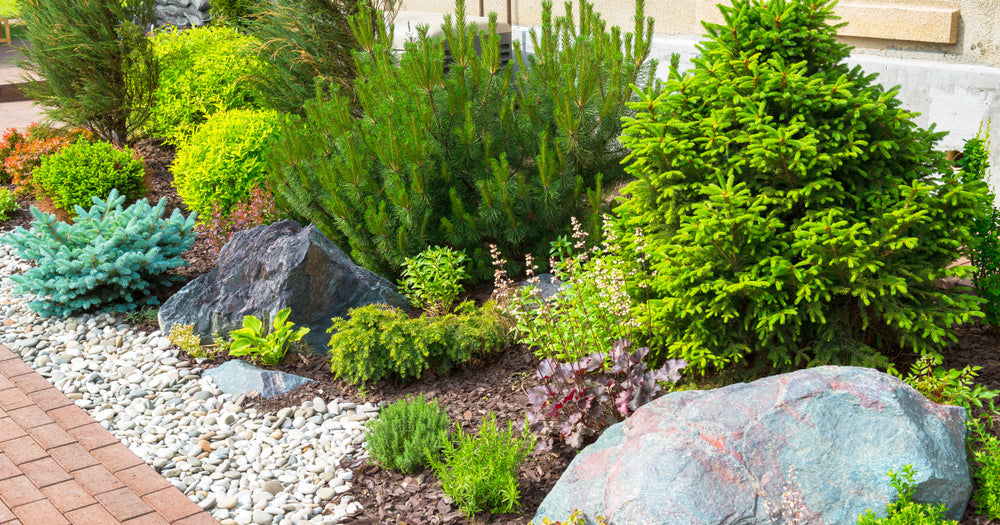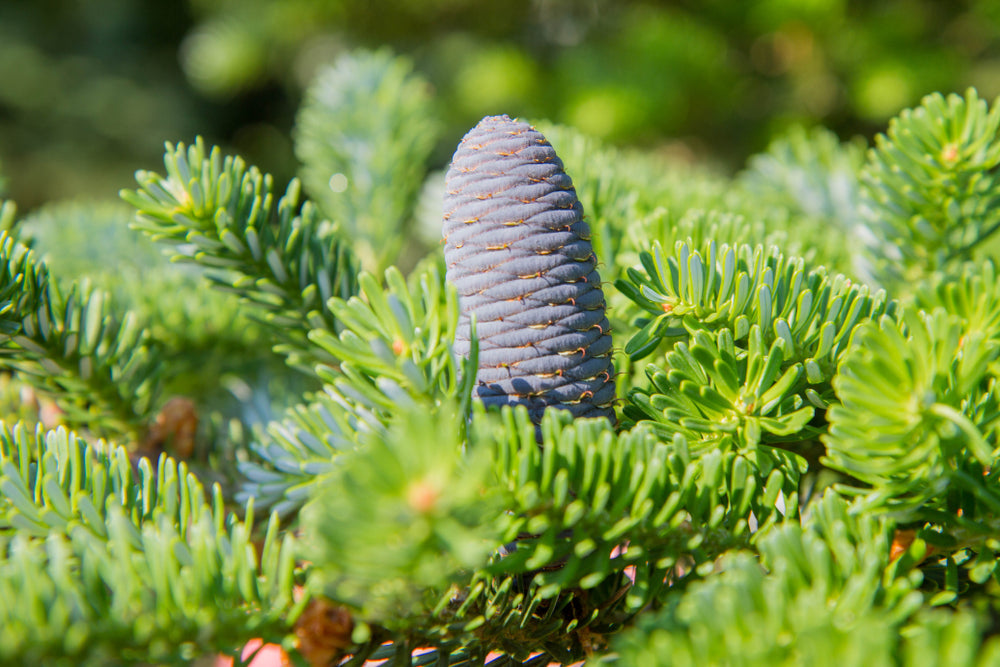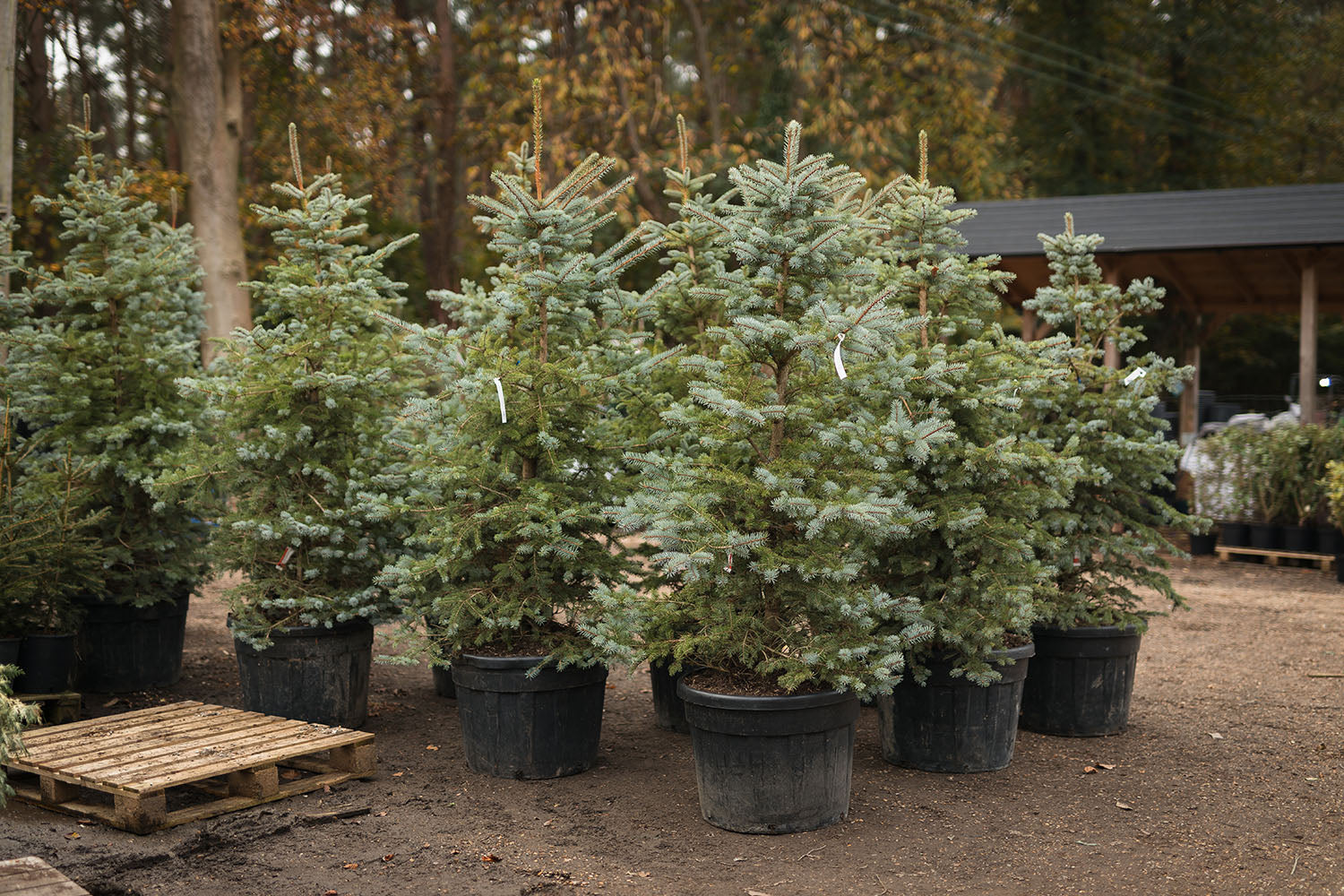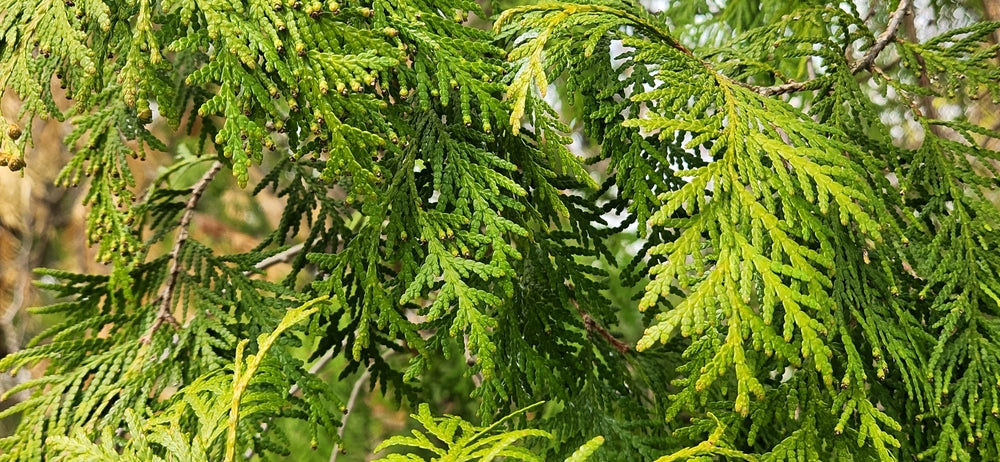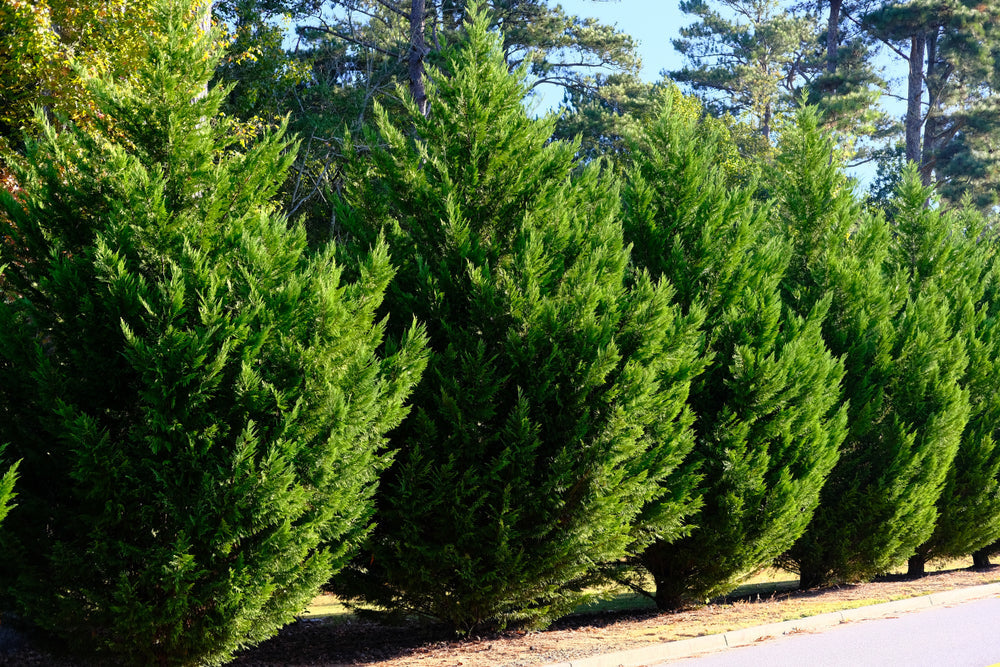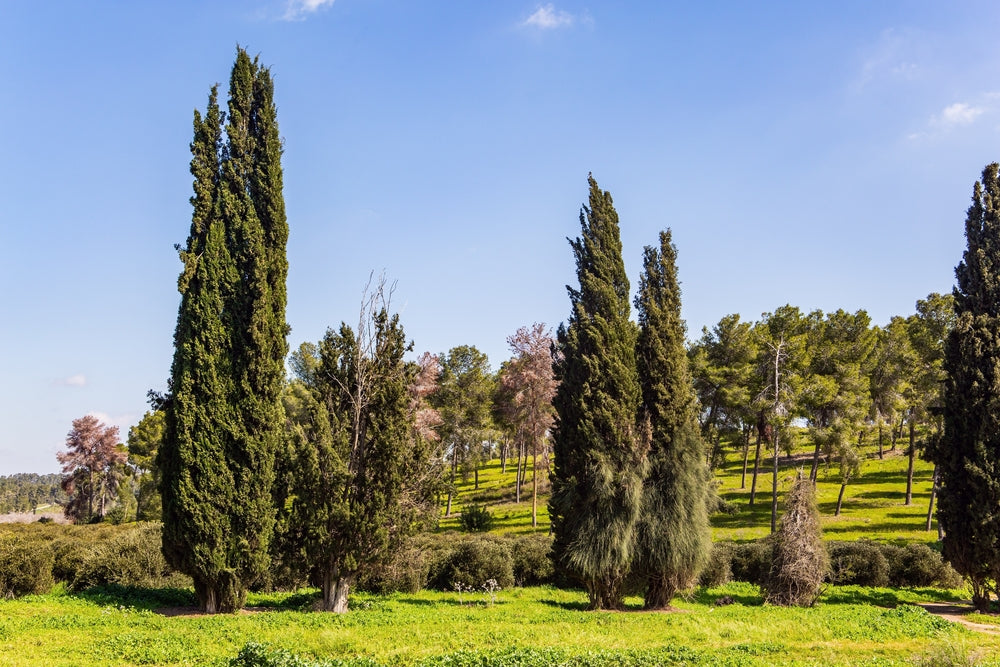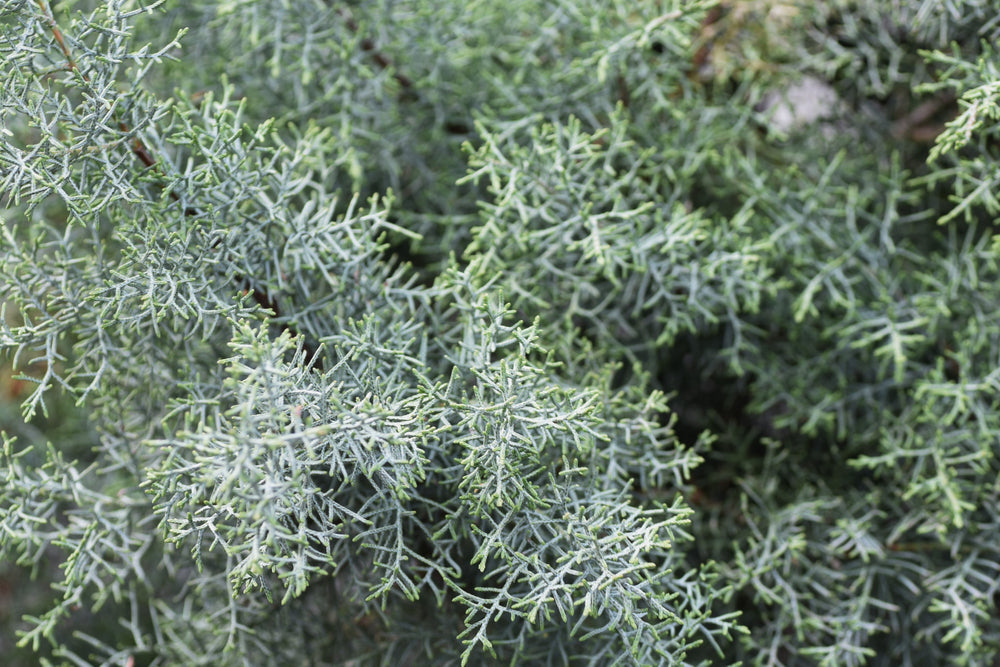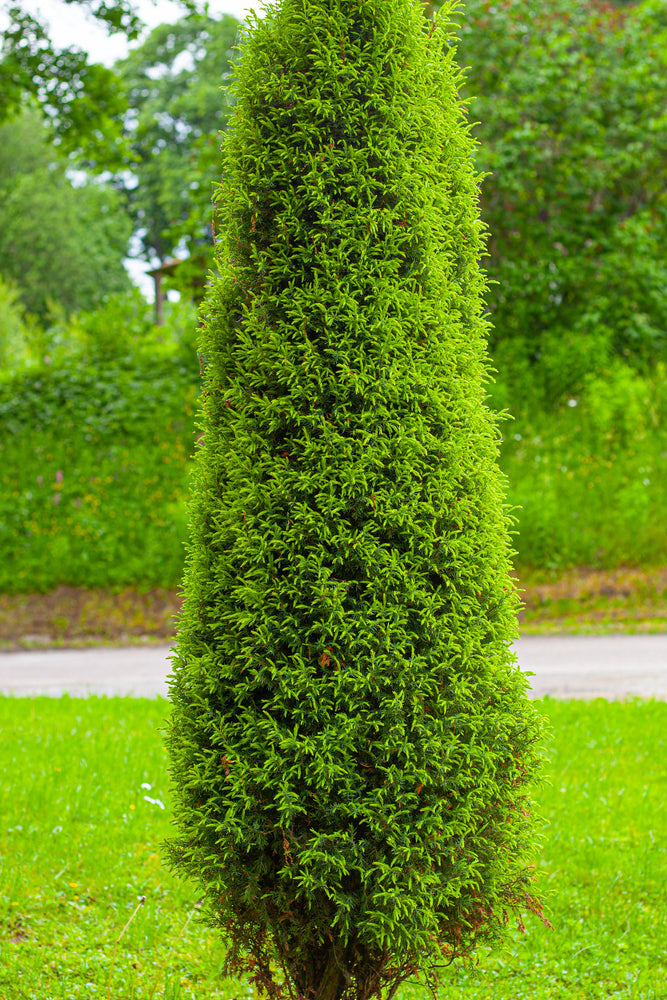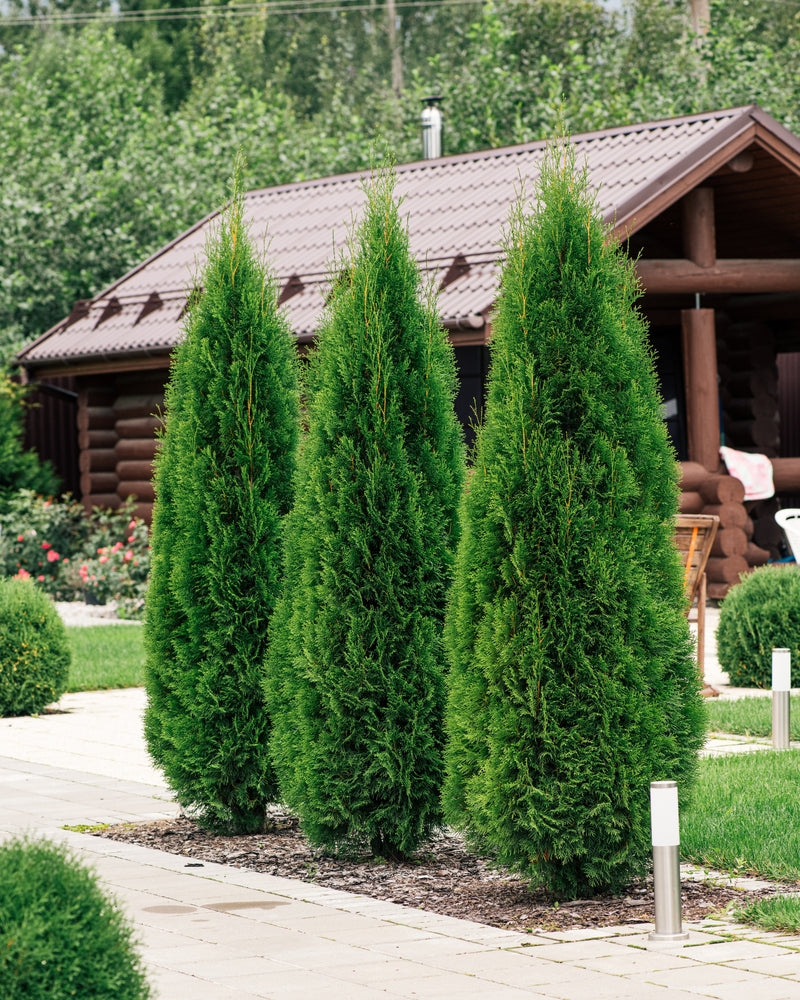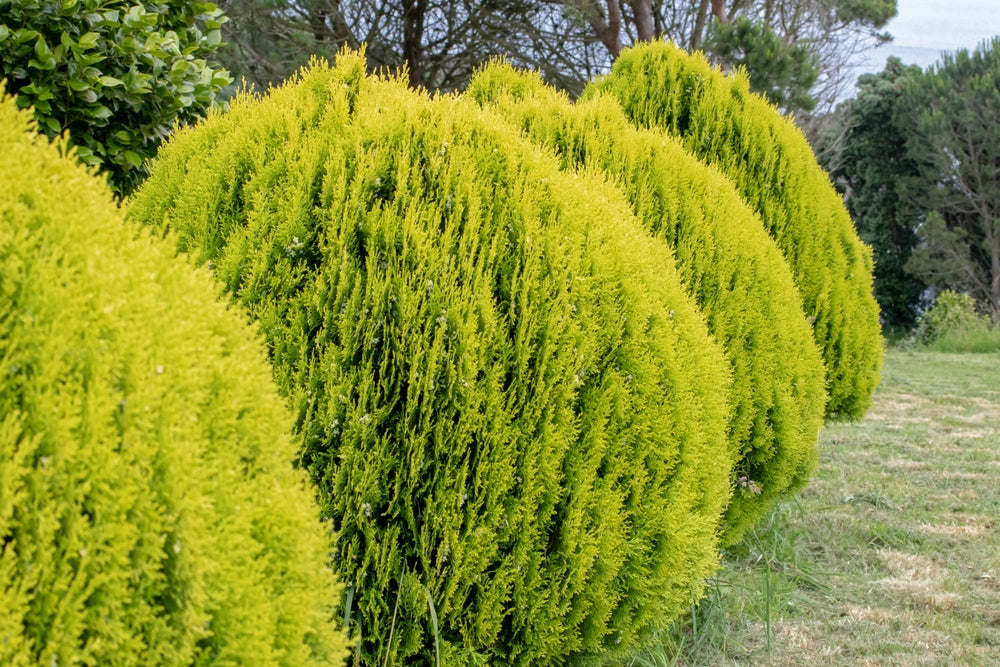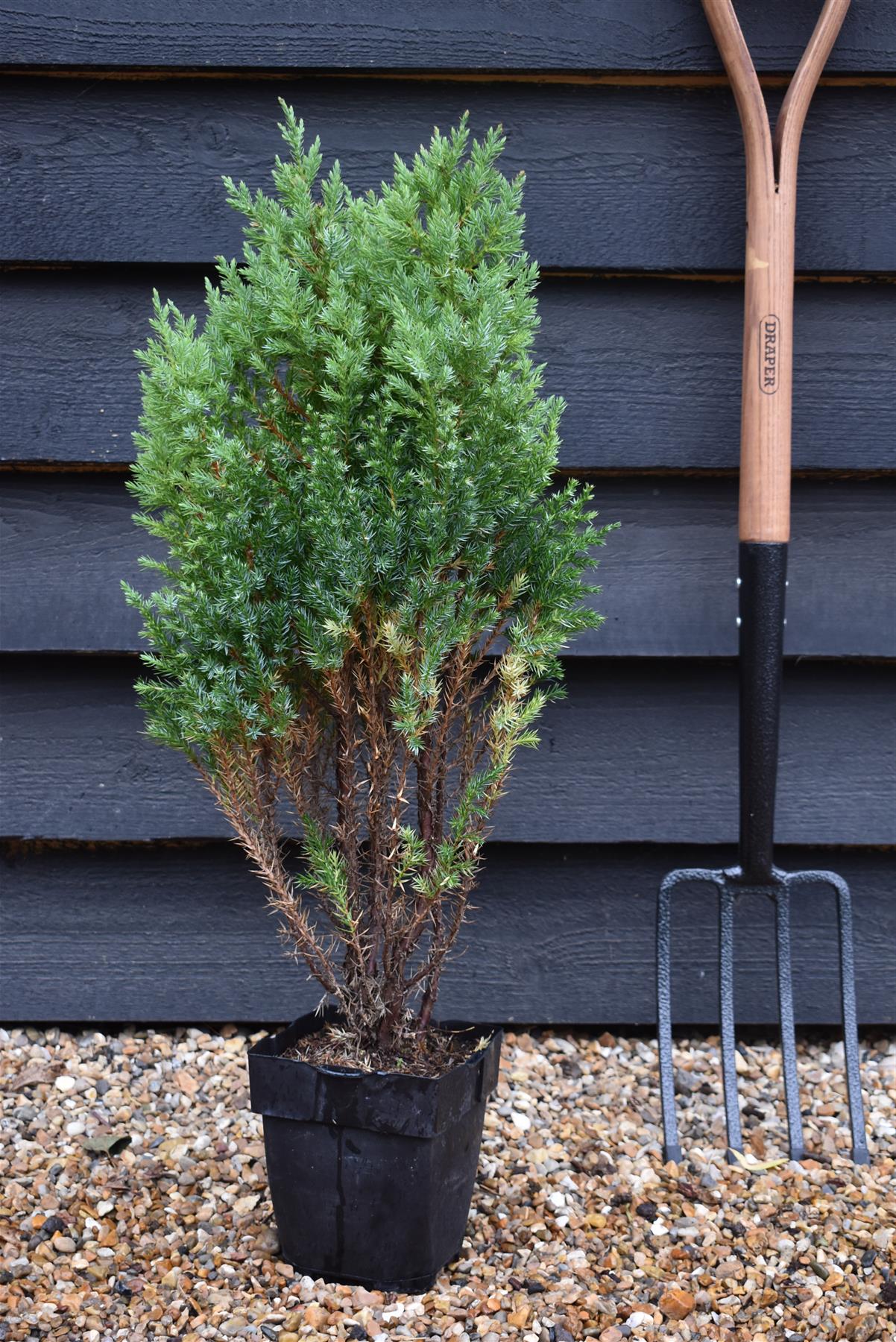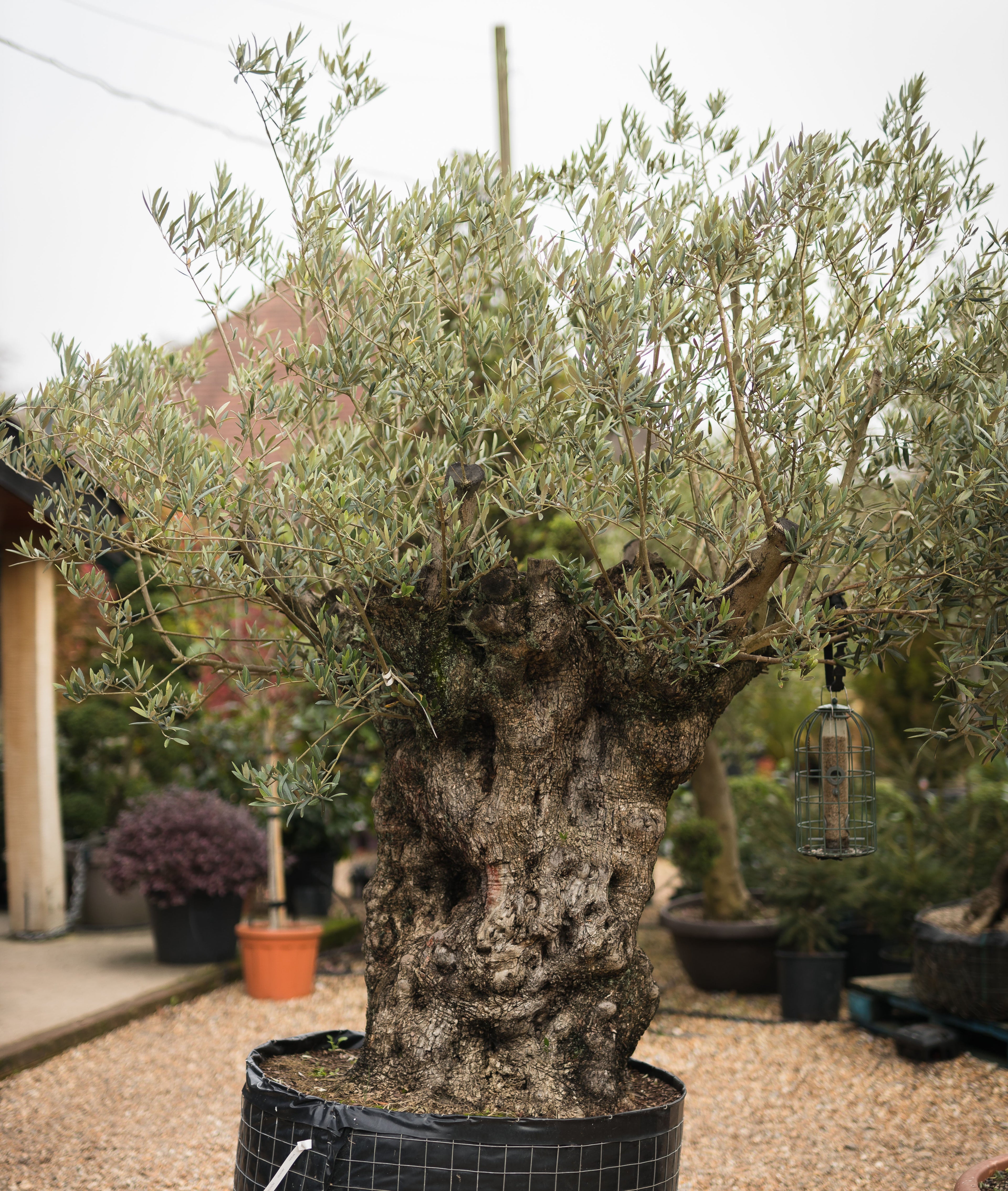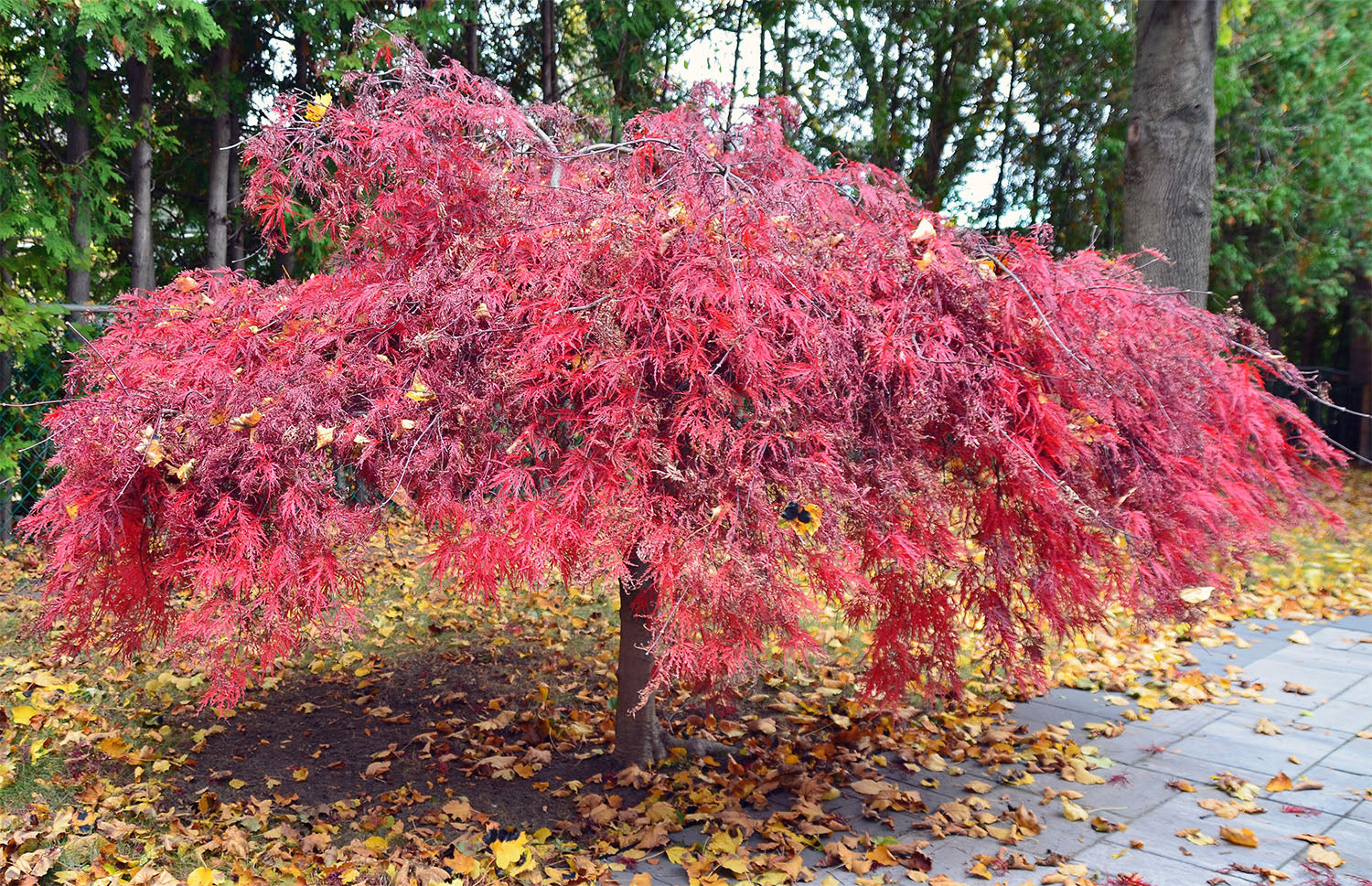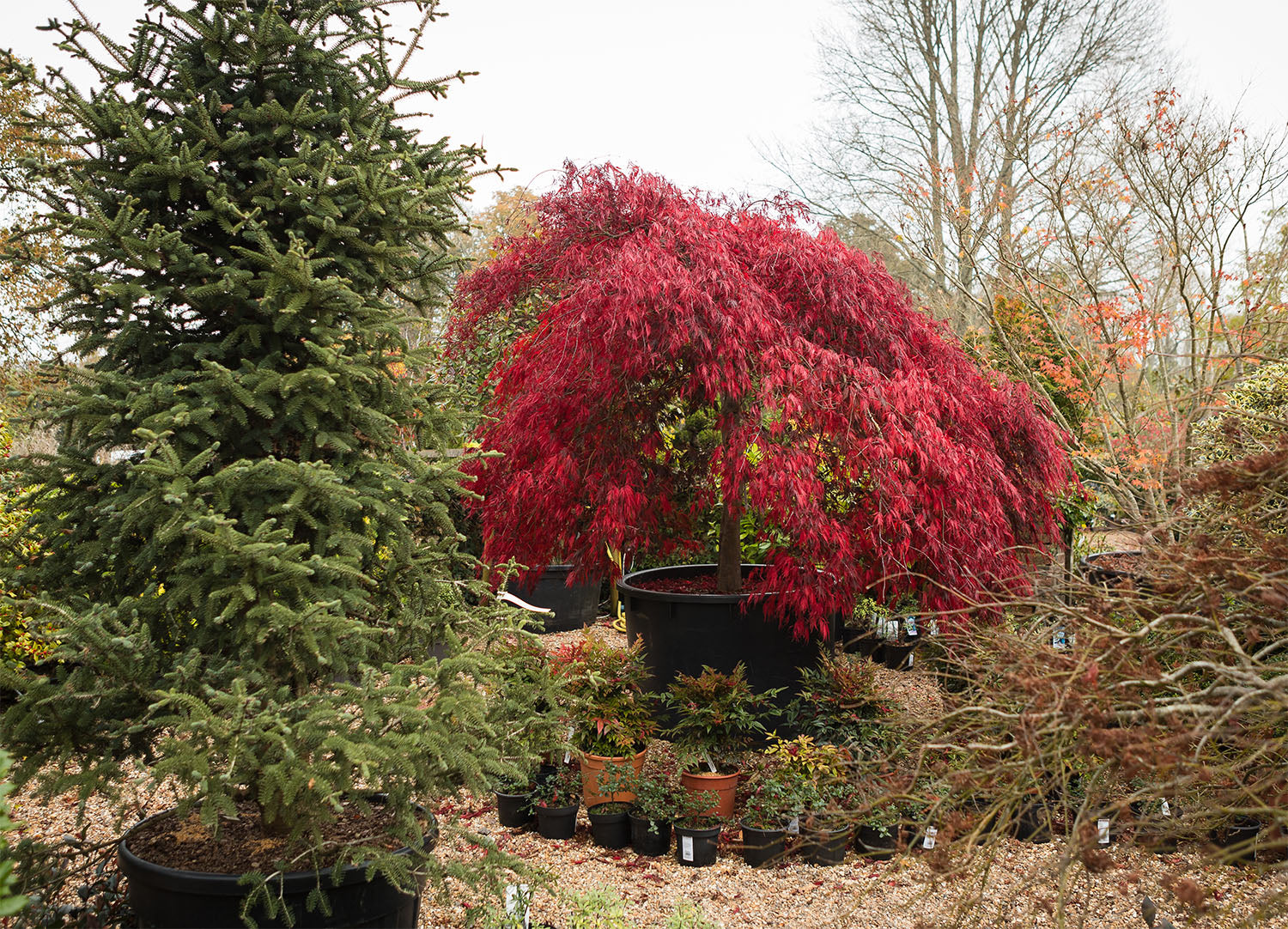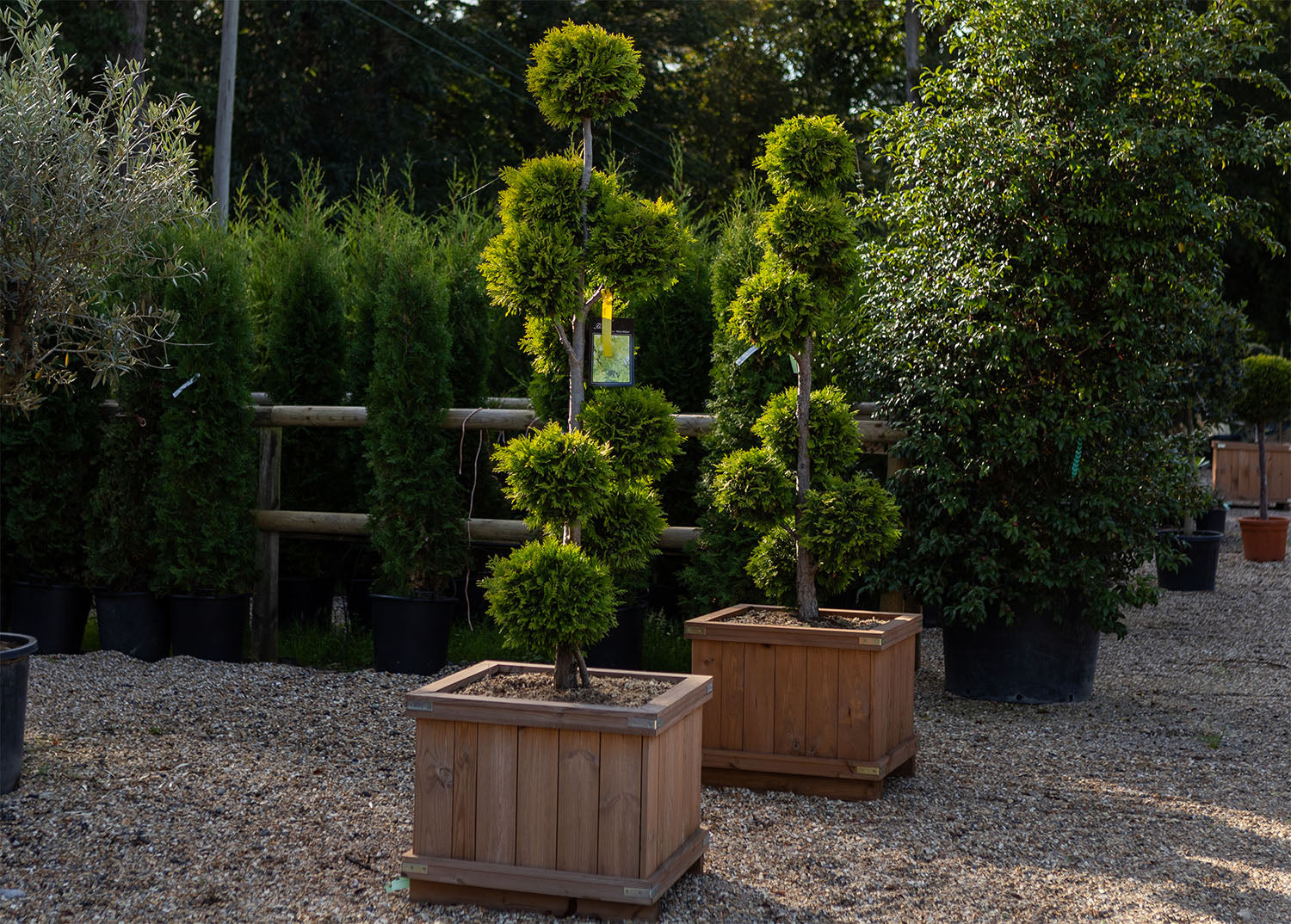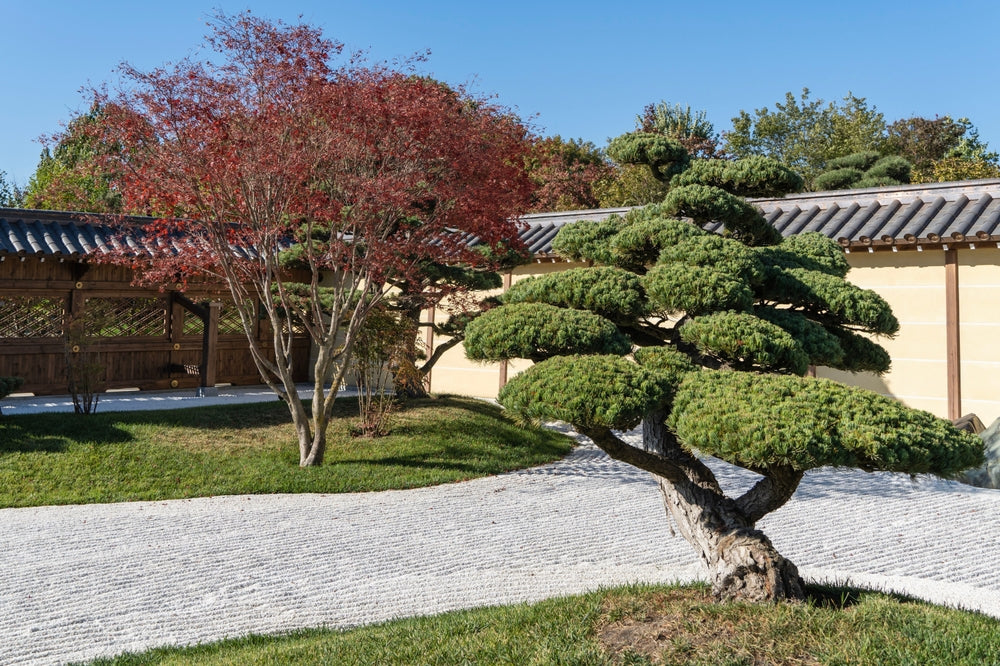
Wisteria for UK Gardens: How to Choose, Grow and Care for This Iconic Climber
Wisteria is one of the most loved flowering climbers in UK gardens. In spring, there is nothing quite like its cascading, fragrant blooms spilling over pergolas, doorways, or stone walls. They bring a timeless sense of nostalgia and romance to old houses, historic estates, and traditional English cottages. Once established, Wisteria grows quickly and doesn’t need much care. It’s impressively long-lived, and will reward you with beautiful blooms year after year.
No wonder wisteria is such a popular choice among our customers at Arundel Arboretum. We offer a wide selection of wisteria varieties, from classic purple blooms to softer shades of white and pink. If you’re thinking about buying wisteria and adding it to your garden, this guide will help you choose the right variety. You’ll also find plenty of helpful tips on how to grow and care for it successfully.
Choosing the Best Wisteria for UK Gardens
Which wisteria is right for you:
• The most fragrant wisteria? Try Brachybotrys
• Wisteria with longest cascades? Choose Macrobotrys.
• Fast-growing wisteria? Go with Sinensis
• Best wisteria for small gardens & patios? Wisteria clear stem or wisteria umbrella-trained form.
• Best wisteria for pergolas and walls? Sinensis or Floribunda trained on cane or arches.
Choosing the right wisteria can feel a bit overwhelming. To help you decide, here are the best wisteria varieties we offer at Arundel Arboretum and what makes each of them special.
Wisteria brachybotrys – Silky Wisteria - Fragrant, Compact and Beautiful.
This wisteria has large velvety leaves, sweet scent, and slightly less vigorous growth compared to other varieties. It is perfect for smaller gardens and gardeners that are enchanted by its sweet fragrance. In our arboretum, we offer:
A compact, beautifully scented wisteria with plenty of soft lilac flowers that won’t overwhelm smaller spaces.
A vigorous climber with pale pink blooms, yellow centres and strong, pleasant fragrance that fills the garden in late spring.
Notable for its golden green foliage that turns bright yellow in autumn and pale violet to lavender-blue flowers with sweet and pleasant fragrance.
Wisteria sinensis – Chinese Wisteria – Vigorous, Free-Flowering and Reliable
Chinese wisteria is known for its anticlockwise-twining stems, early and abundant flowering, often before the leaves appear, and beautiful sweet fragrance. It is very vigorous and ideal for large pergolas, walls, and archways. We offer:
As the name suggests, this variety delivers masses of fragrant, purple-violet flowers. Ideal for everything from sunny walls to centrepiece containers. It flowers at a younger age compared to other varieties.
Elegant variety with pure white, fragrant flowers that open before the leaves appear. A great choice if you’re after a softer, more classic look that blends beautifully with both cottage-style and more minimalistic gardens.
Known for masses of highly fragrant, snow-white flowers, golden yellow leaves in autumn, and vigorous growth. Perfect for gardeners who want a strong climber that offers year-round interest, not just spring blooms.
Wisteria floribunda – Japanese Wisteria
Japanese wisteria is famous for its breath-taking racemes, sometimes reaching up to a metre. Flowers open gradually from top to bottom, and create a stunning waterfall effect from late spring to early summer. The most popular is:
One of the longest-flowering wisterias, with violet-purple blooms and yellow centres on racemes that can exceed 1 metre in ideal conditions. Its graceful, trailing habit is perfect for large pergolas or feature walls.
Wisteria Forms Available at Arundel Arboretum
We offer our wisteria varieties in a range of beautifully trained shapes to suit all kinds of gardens. Whether you’ve got a spacious garden or a small patio, there’s a shape that will be perfect for you.
• Cane-trained climbers – Great for covering fences, walls, or pergolas. Easy to train and perfect for varieties like Prolific, Golden King, and Macrobotrys.
• Clear stem / Standard forms – Neat and upright, ideal for pots, patios, or adding structure to borders. Popular options include Showa-beni and Alba.
• Umbrella / Roof espalier – Trained for a dramatic, cascading effect. Perfect over seating areas or as a standout feature on the patio. Try Prolific or Shiro Kapitan Fuji.
• Arch or frame-trained – Ready-made focal points for entrances or walkways, ideal for instant impact. Look out for our Sinensis Arch Mix.
Where to Plant Wisteria in the UK for Best Flowering Results
Wisteria is a tough plant and can easily survive UK winters, making it suitable for all UK regions. It tolerates temperatures as low as -15°C to -20°C. However, young plants may need a bit of protection during their first winter, particularly in exposed gardens. While the plant itself is hardy, flower buds can be damaged by late spring frosts, especially in colder areas.
Wisteria thrives in sunny places with at least six hours of direct sunlight each day. South or west-facing walls are ideal for abundant blooms. Try to avoid overly exposed and windy spots because they can damage young shoots.
It grows best in moist but well-drained soil that’s neutral to slightly acidic or alkaline. It doesn’t like waterlogged conditions. It prefers loamy and sandy soil rich with organic matter. Still, avoid soil that is too fertile as it can lead to lots of leafy growth but fewer flowers.
How to Train Wisteria on a Pergola or a Wall
With the right support and a bit of guidance, wisteria can become one of the most beautiful features in your garden. Here are some simple tips to help you train it properly, whether on pergola or a wall.
Training Wisteria on a Wall
1. Start by fixing strong horizontal wires to the wall. Make them 30 cm apart.
2. Use vine eyes to leave a bit of space between a wall and the wires. This is important for the air to circulate.
3. Plant wisteria about 30-45 cm away from the wall.
4. As it grows, choose a few strong shoots and tie them to the wires. Spread them to create a fan shape.
5. Prune to keep it tidy and encourage lots of flowers.
Training Wisteria on a Pergola
1. Make sure the pergola is strong enough as wisteria can get quite heavy over time.
2. Choose the right variety. Japanese wisteria is ideal for pergolas because of its long trailing flowers.
3. Plant it 30-45 cm from the base of the post.
4. Guide the main stems up the pergola posts and tie them in as they grow.
5. When they reach the top, train the side shoots along the crossbeams to create a canopy.
6. Trim down any extra shoots to give flowers space to hang.
Twisting Direction and Why It Matters
Different types of wisteria twist in different directions. The best practice is to let them follow their natural growth.
• Wisteria sinensis (Chinese wisteria) twines anticlockwise.
• Wisteria floribunda (Japanese) and Wisteria brachybotrys twine clockwise.
If you try to force stems in the opposite direction, it can stress the plant and slow its growth. Knowing which way your wisteria naturally grows, makes training so much easier.
When to Prune Wisteria in the UK
Wisteria needs pruning twice a year to keep it the neat and tidy and make sure it gives a lot of flowers. Its reputation of being difficult to prune isn’t really deserved. Once you understand the basic routine, it becomes an easy job. The key is being consistent. The young wisteria should not be pruned until it covers the wall or pergola.
In the UK, the first prune is best done in summer, in July or August. That’s when you cut back the long, whippy shoots to just above five or six leaves. The second prune should be in winter, in January or February, when you trim those same shoots even further, down to two or three buds. This winter prune will help wisteria produce a lot of flowers when spring arrives.
How to Feed Wisteria Plants & General Care
To keep your wisteria healthy and help it put on a spectacular display, feeding and watering properly is essential.
• Feeding: Proper feeding boosts flower production. The best fertiliser for wisteria is a balanced slow-release fertiliser with an NPK of around 10-20-10. Try fertilisers like Growmore or Fish, Blood and Bone. Apply it in spring at the recommended rate. If the soil is sandy, you can add a bit of sulphate of potash for extra support.
For wisteria grown in containers, use liquid tomato fertiliser, Phostrogen, Miracle-Gro or a similar flowering plant food. Apply it every couple of weeks during the growing season. Avoid high-nitrogen fertilisers, which encourage the leaf growth instead of flowers.
• Watering: Water newly planted wisteria regularly to help it establish strong roots. Once established, wisteria is tolerant to drought, but it needs regular watering during hot weather. Do not overwater as it hates waterlogged conditions. If you are growing wisteria in containers, water when the top of the soil feels dry.
• Mulching: A layer of organic mulch around the base helps retain moisture and suppress weeds. Apply around 5 cm and keep it away from the stem to prevent the rot.
Common Wisteria Issues and How to Fix Them
Even though wisteria is generally easy to grow, a few common issues can pop up along the way, but most are simple to fix with the right approach.
1. Not Enough Flowers
This is the most common problem with wisteria plants. It’s usually caused by too much nitrogen in soil, poor pruning, or planting an inadequate plant.
How to Fix: Avoid fertilisers high in nitrogen, prune twice a year and make sure you bought a plant that is grafted or at the age of flowering.
2. Overgrowth and Tangles
Wisteria is a vigorous grower and it can become a tangled mess if you let it.
How to Fix: Be consistent with pruning routine – prune twice a year, in summer and winter.
3. Leaves Turning Yellow
It can be poor drainage and lack of nutrients.
How to Fix: Make sure the soil is not soggy and drains well. Apply balanced fertiliser in spring.
4. Parts of the Plant Dying Back
It might be root rot, honey fungus, damage from wind, or old age.
How to Fix: Check for signs of fungal issues. Make sure the soil is not waterlogged. Cut back any dead wood or affected stems.
5. Pests and Diseases
Wisteria is generally resistant to pests, but sometimes aphids or scale insects can become a problem.
How to Fix: Wash them off with water or spray with a mild insecticidal spray if needed.
6. Collapsing or Poor Support
As it gets older, wisteria can get quite heavy. If the structure is not strong enough, the plant may start to sag or collapse.
How to Fix: Use strong, permanent supports. Regularly check and replace ties as the plant grows.
Conclusion
As you can see, Wisteria is a low-maintenance plant that brings beauty, fragrance, and a touch of romance to your garden. With so many varieties to choose from, there’s something to suit every space.
If you’re ready to add one to your garden, visit us at Arundel Arboretum, in Chichester, West Sussex, or explore our online store to find the perfect wisteria variety. If you need any help, our friendly team is always ready to offer advice or assist you in finding your perfect wisteria.


